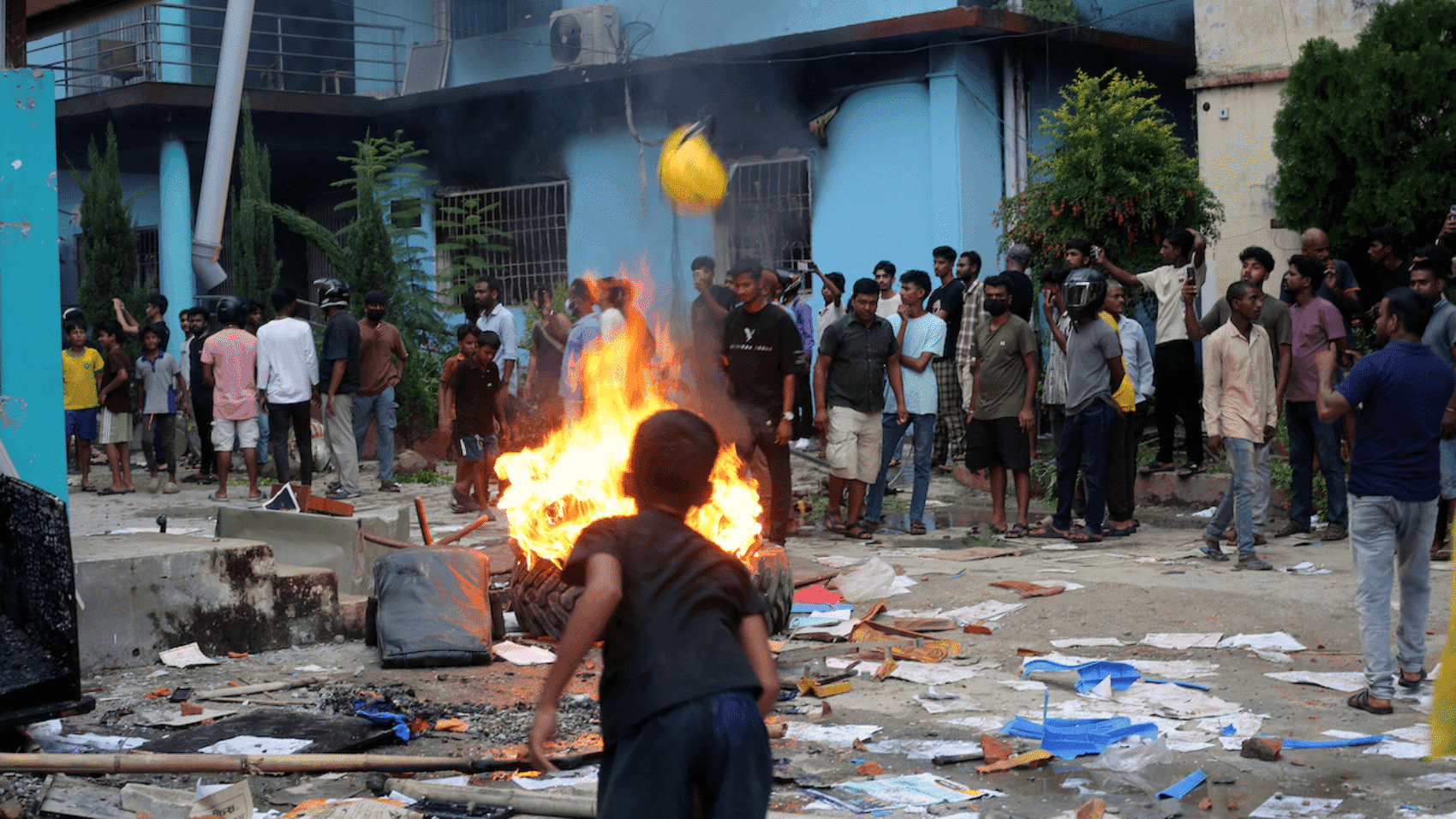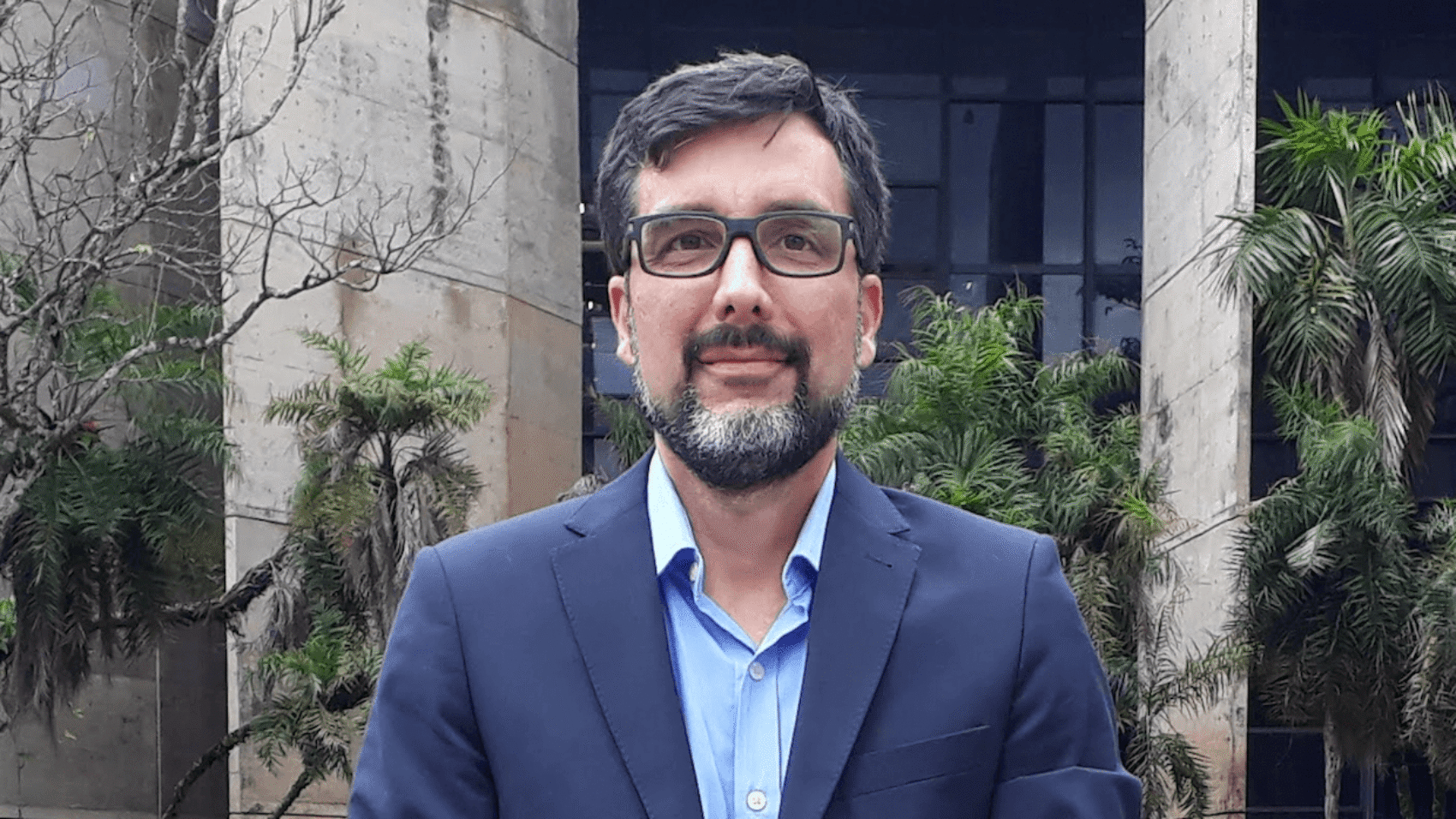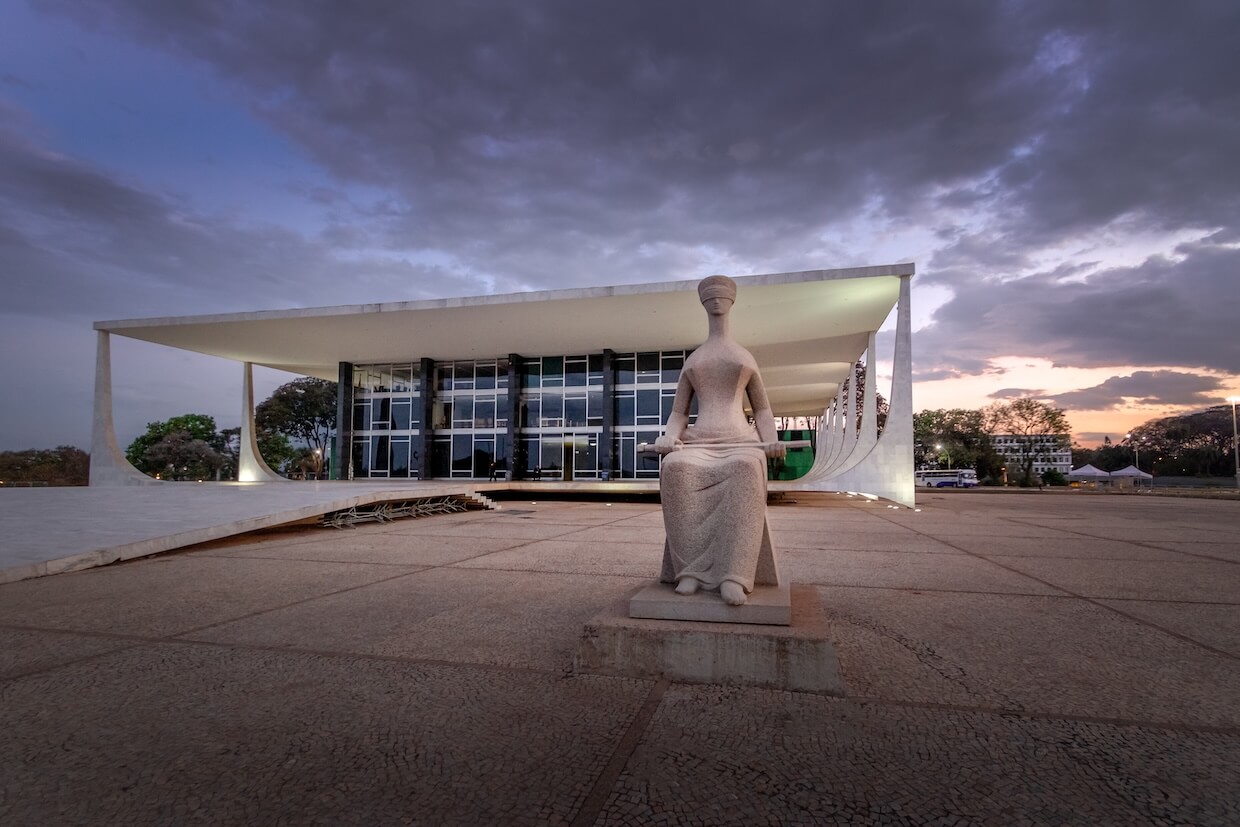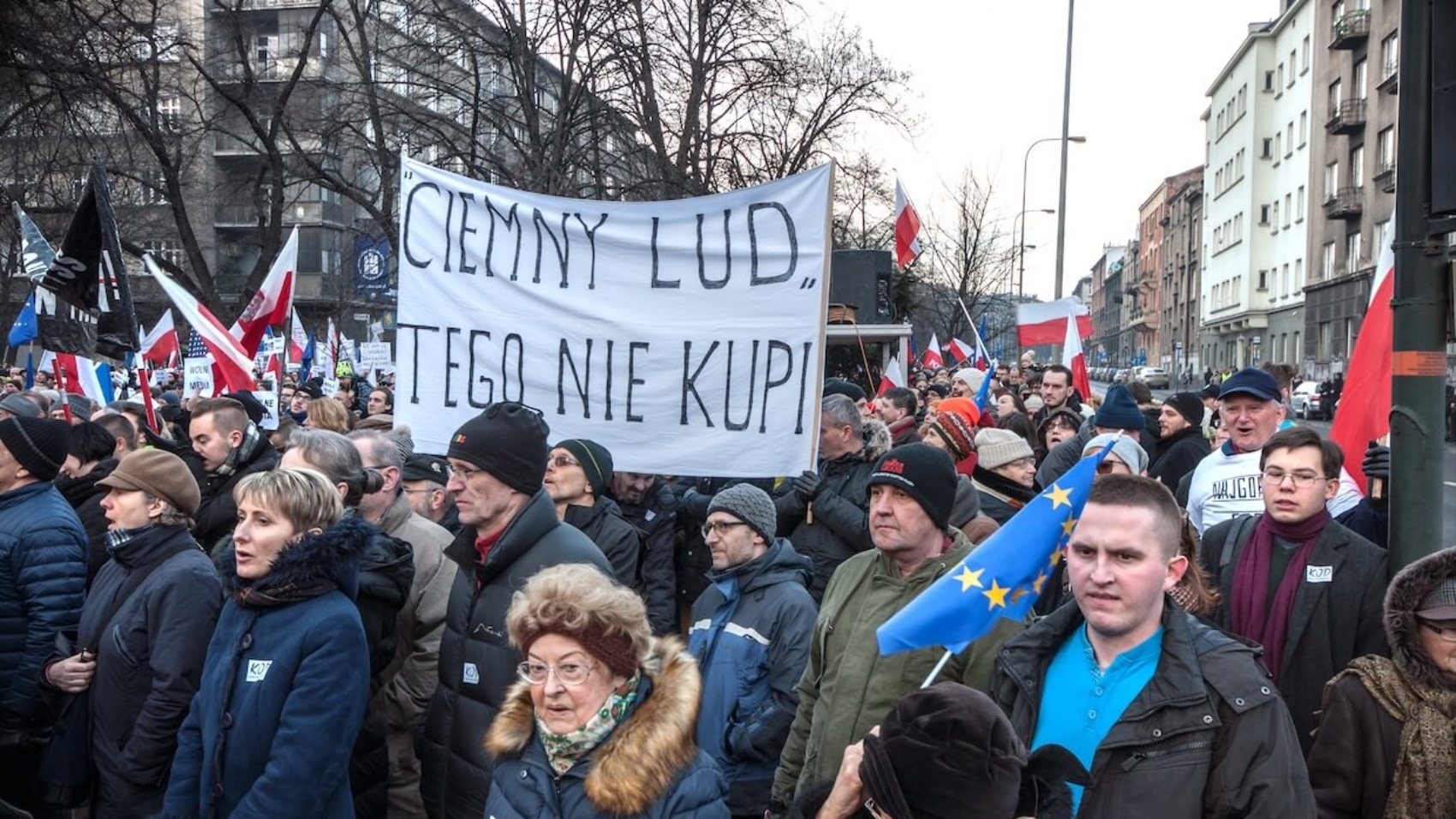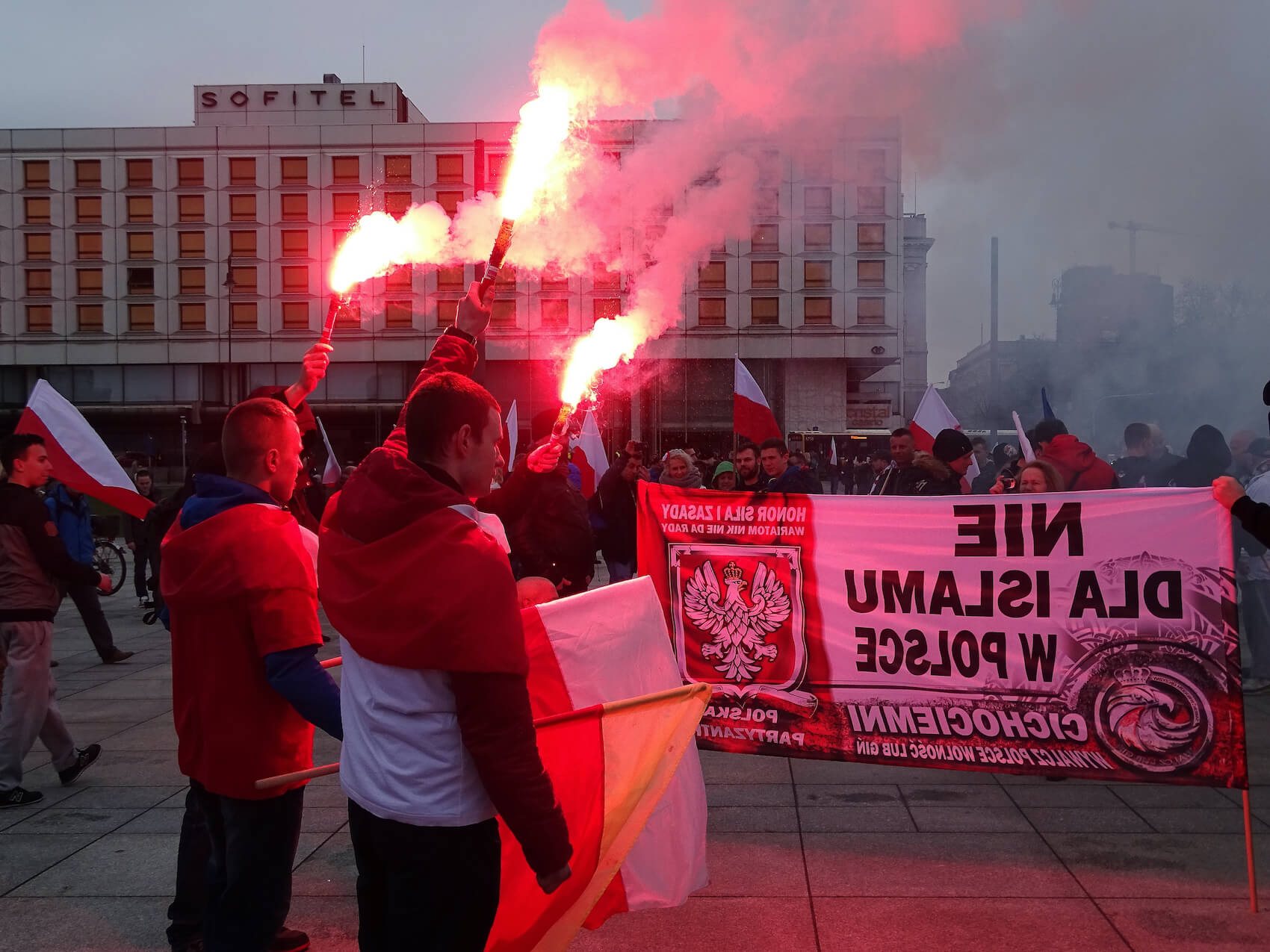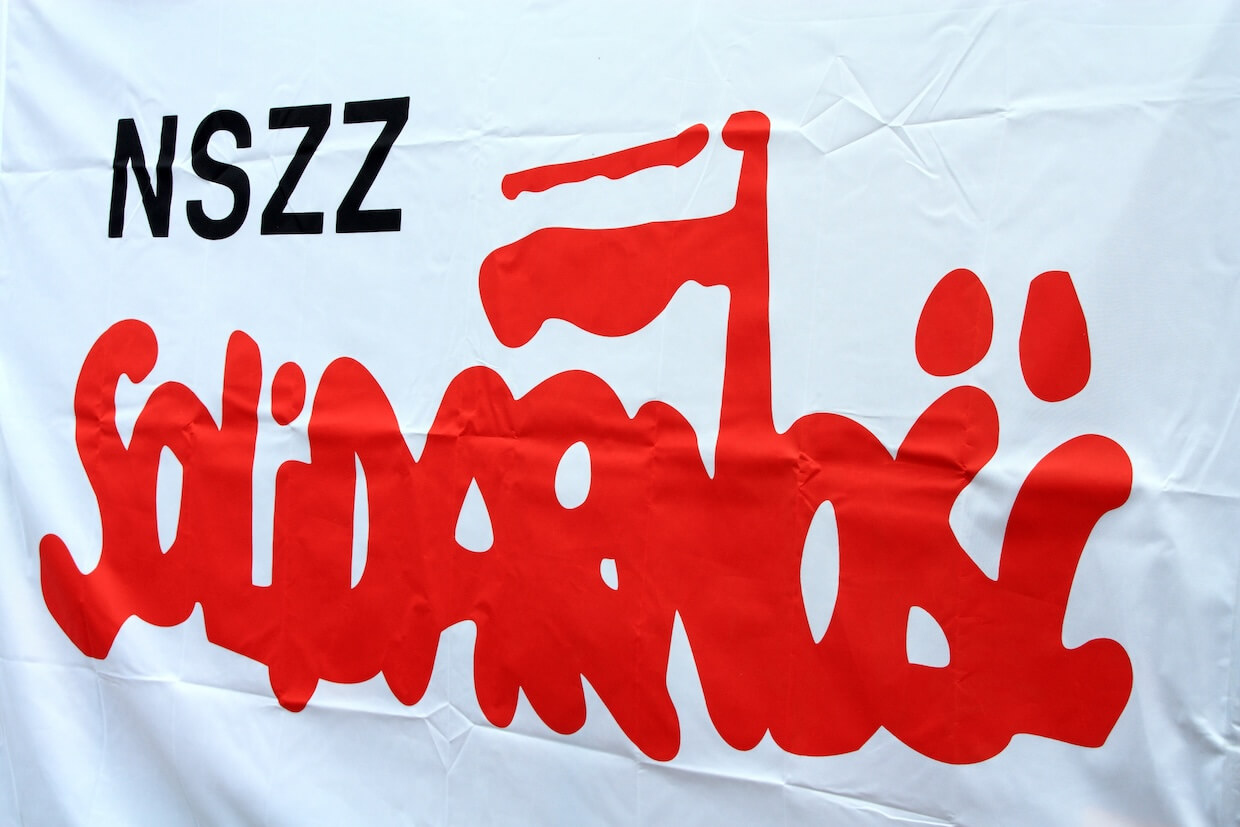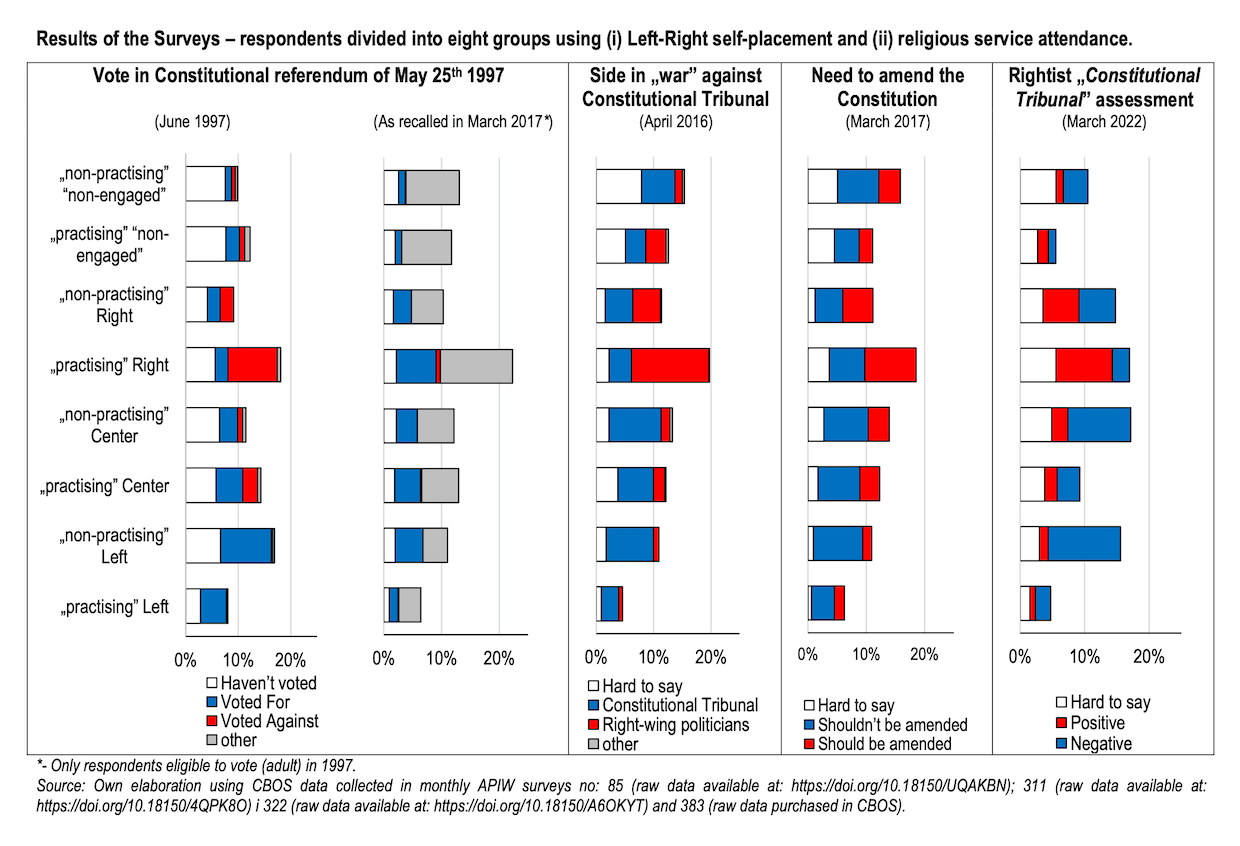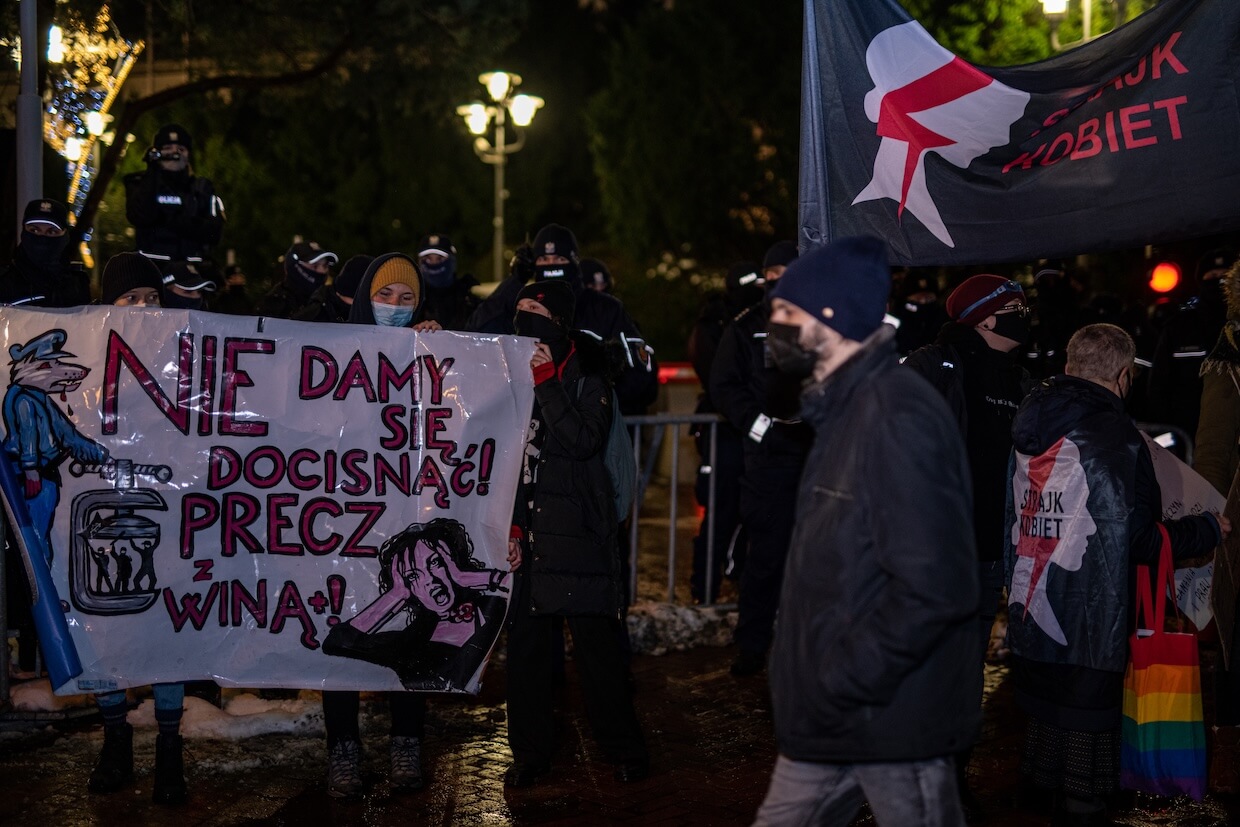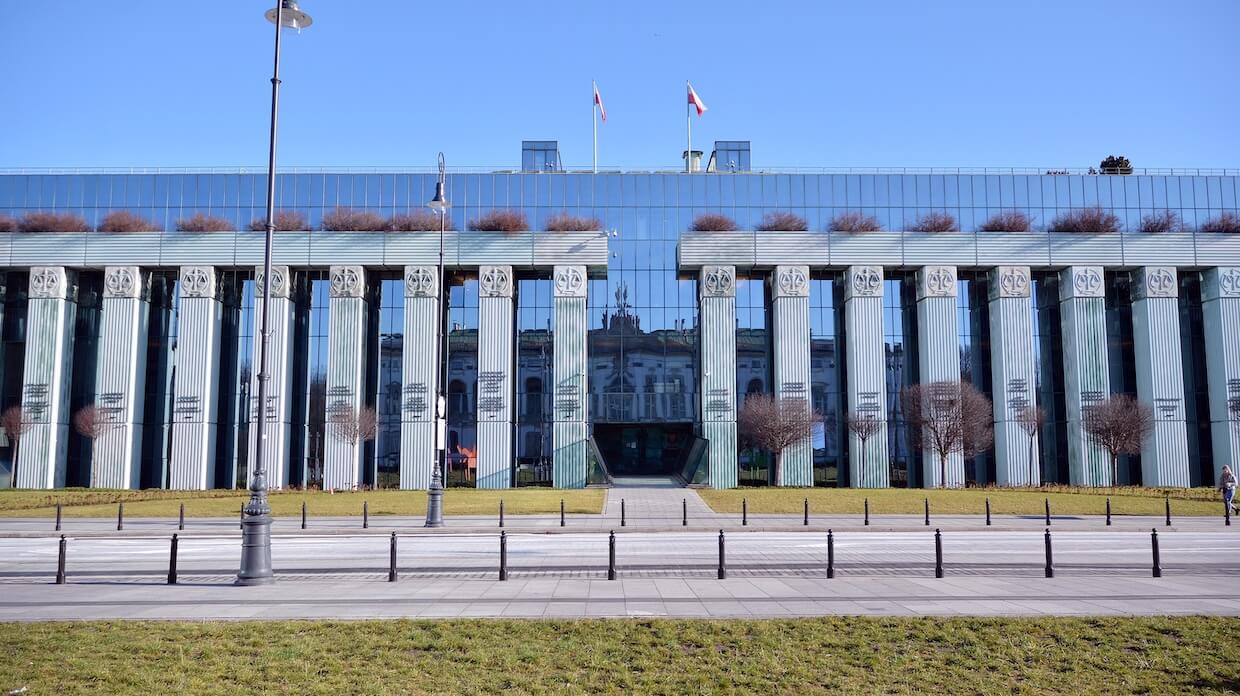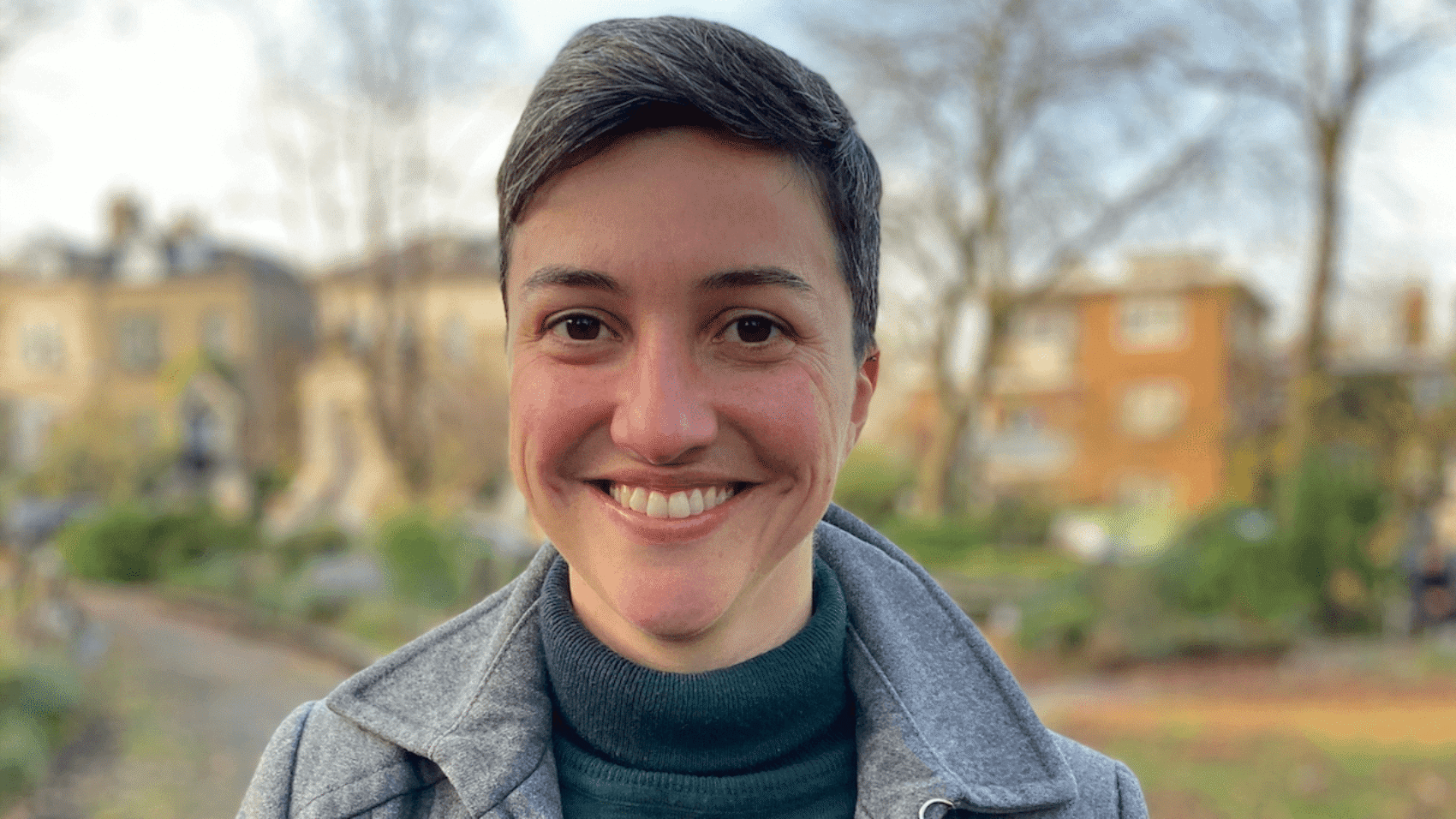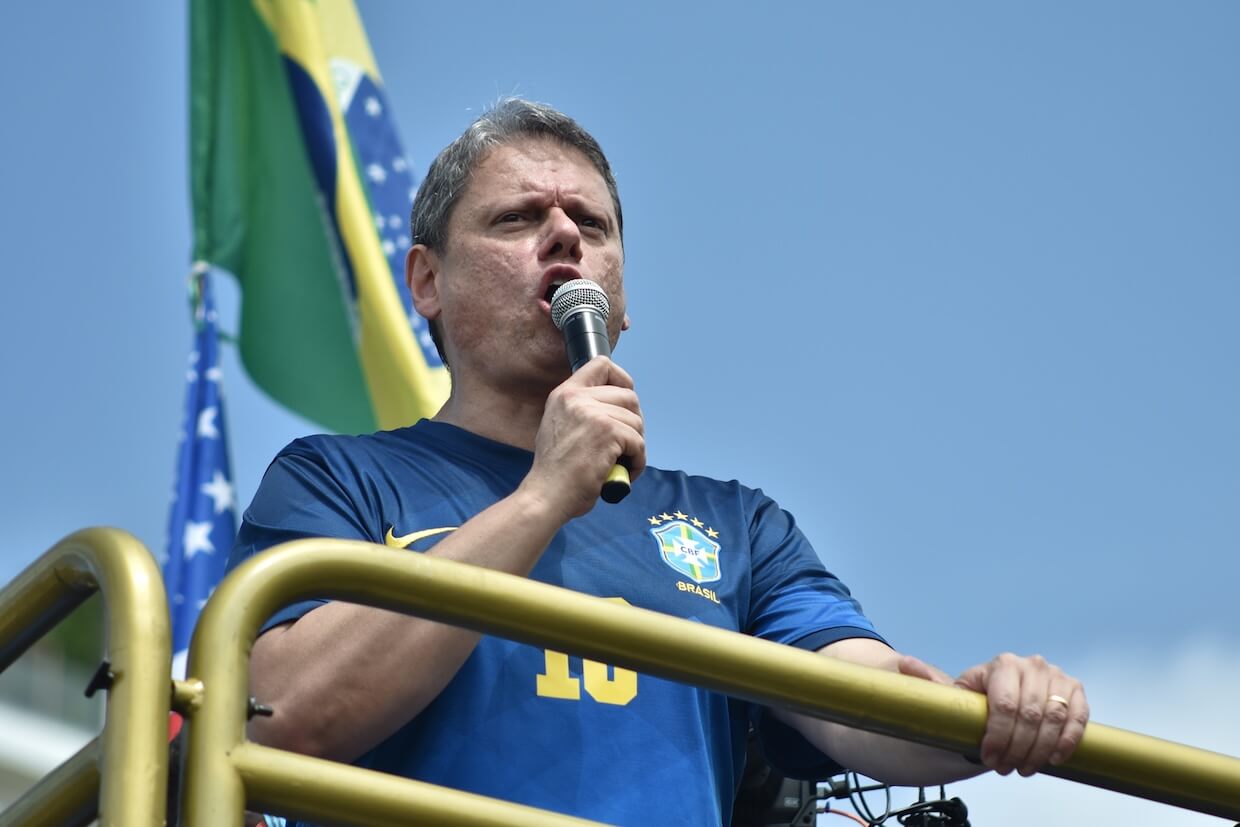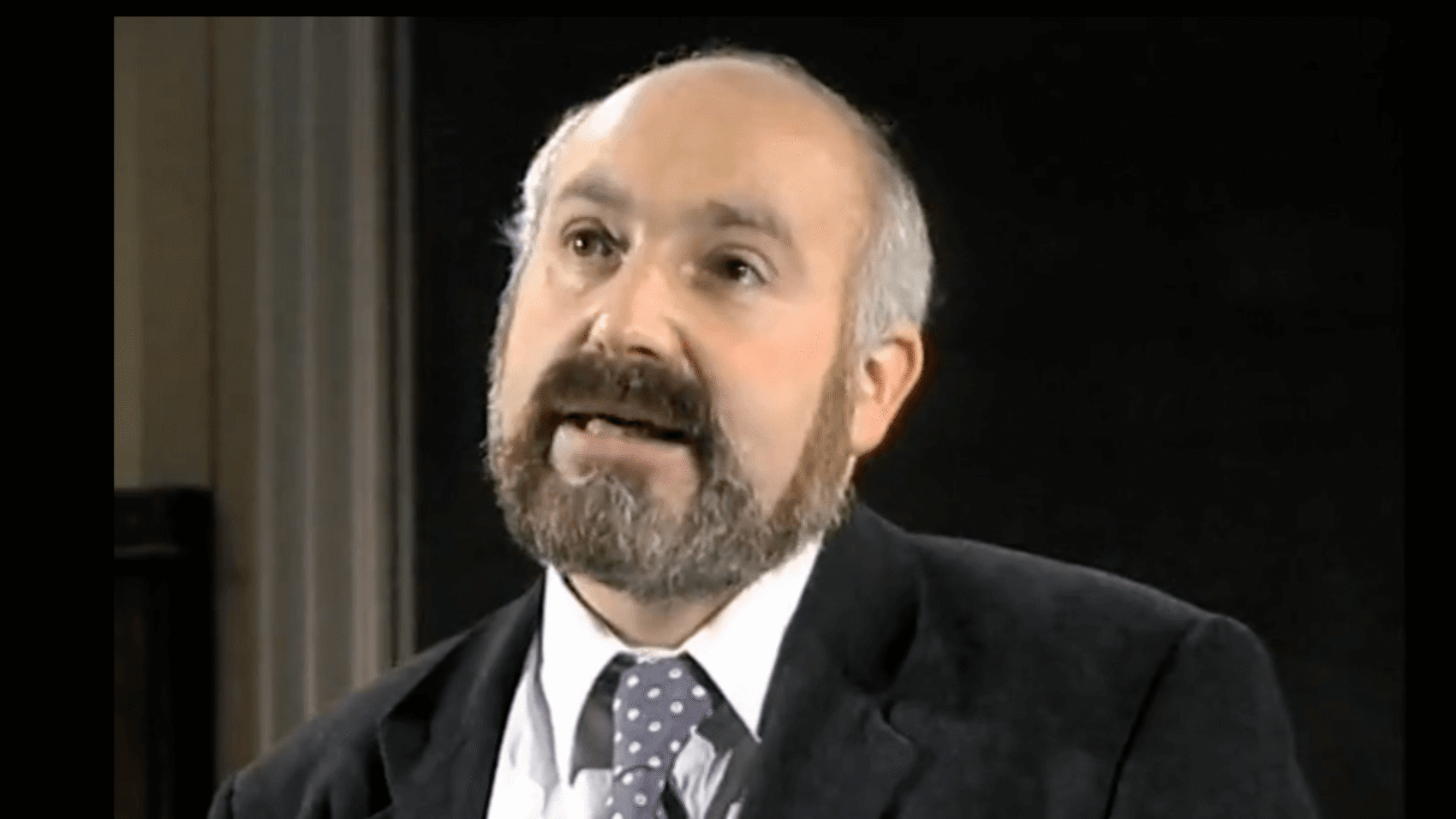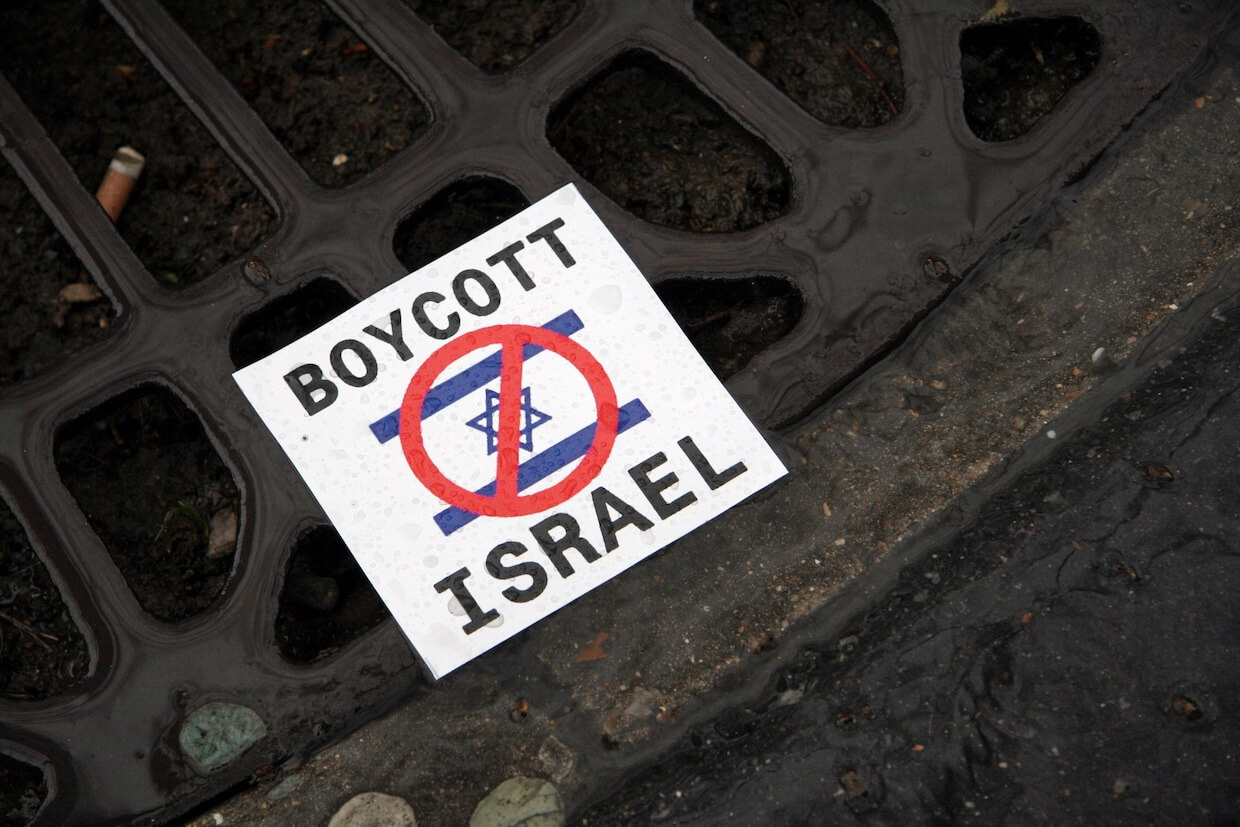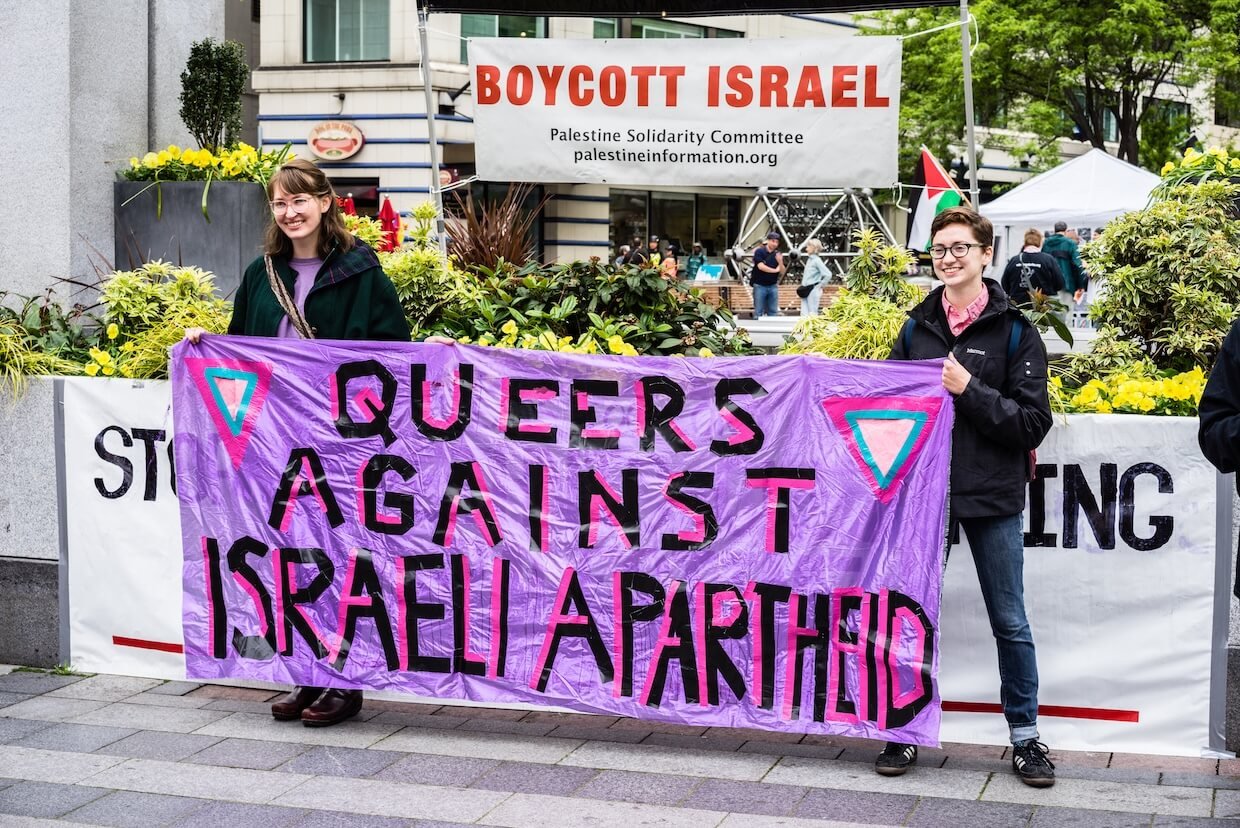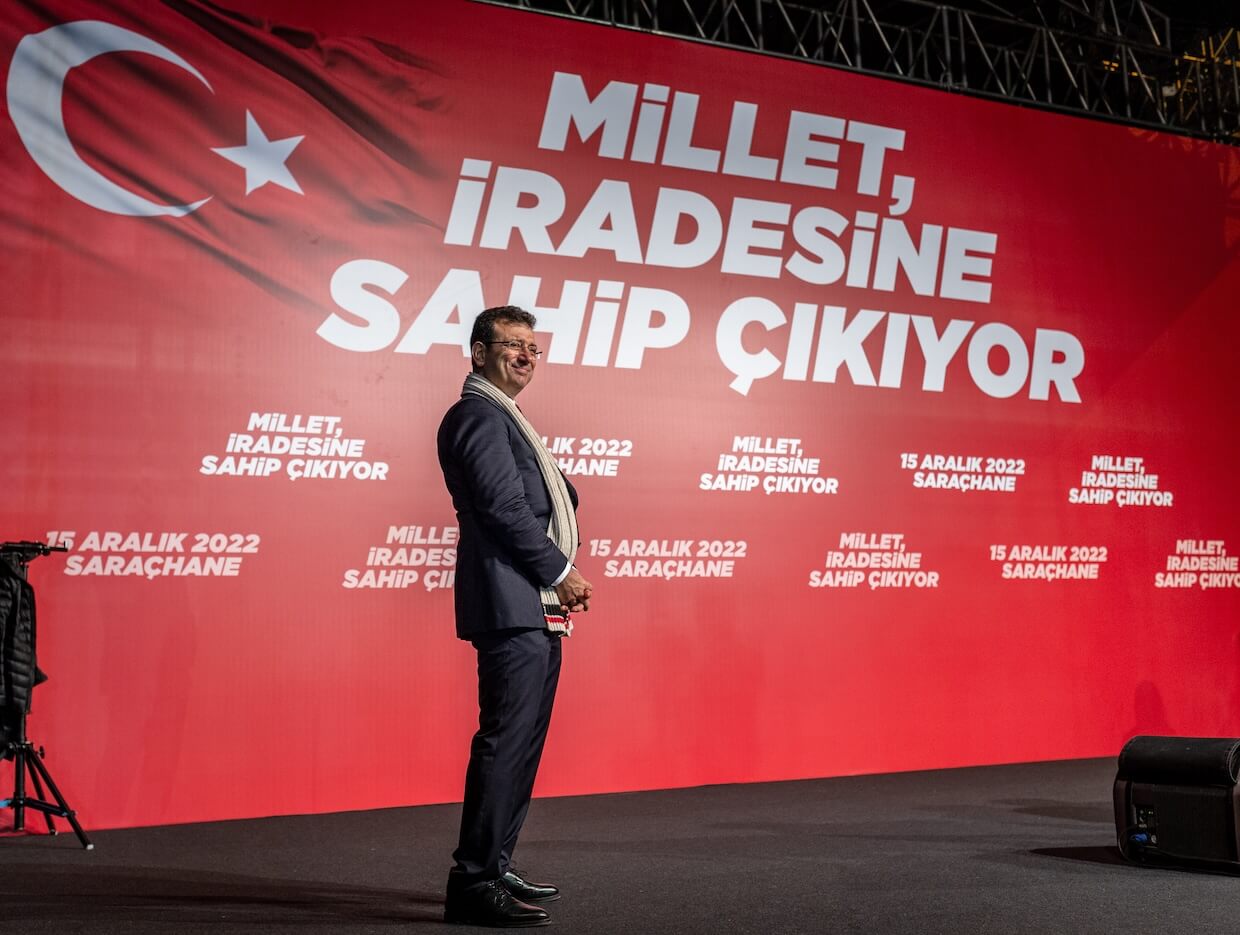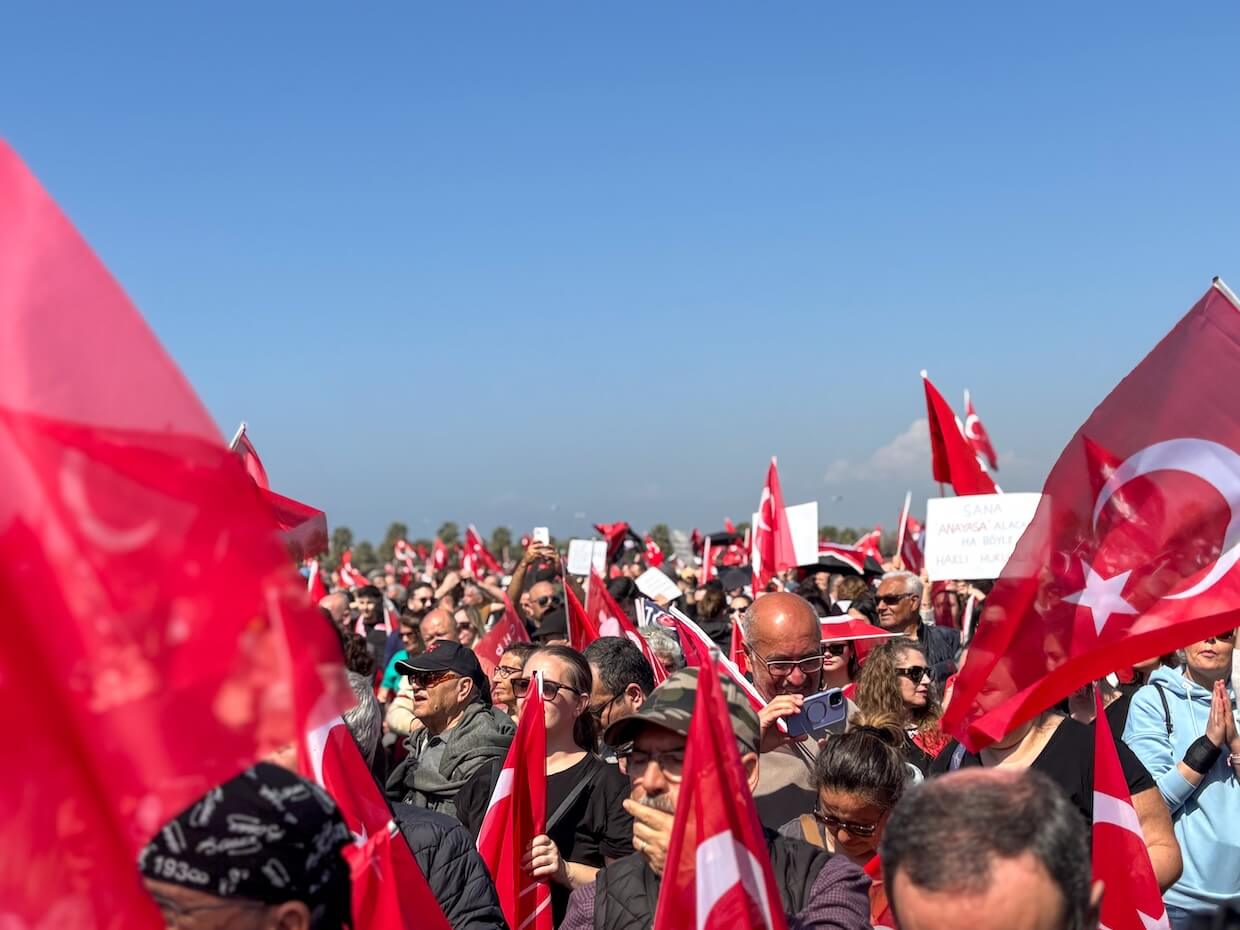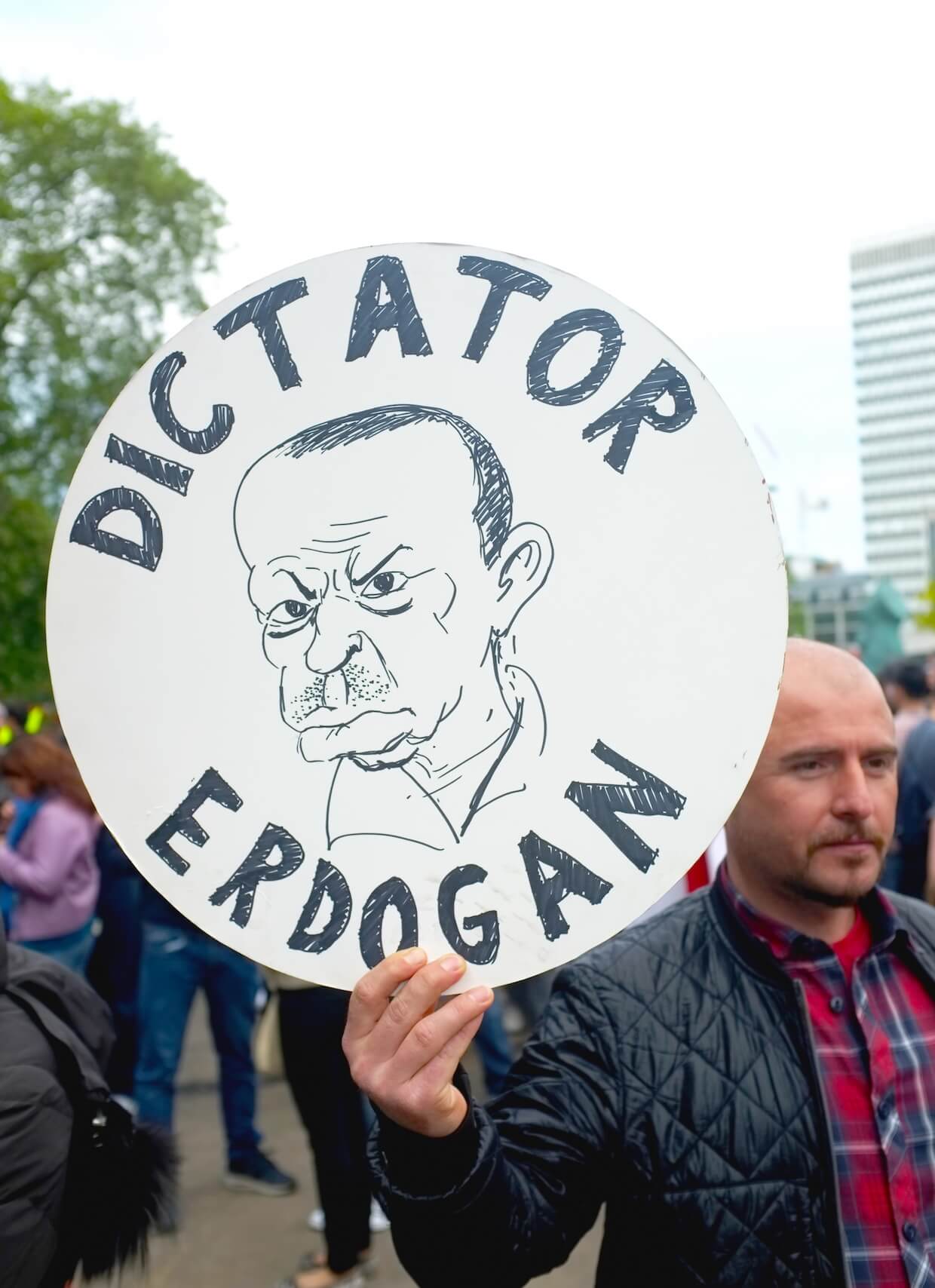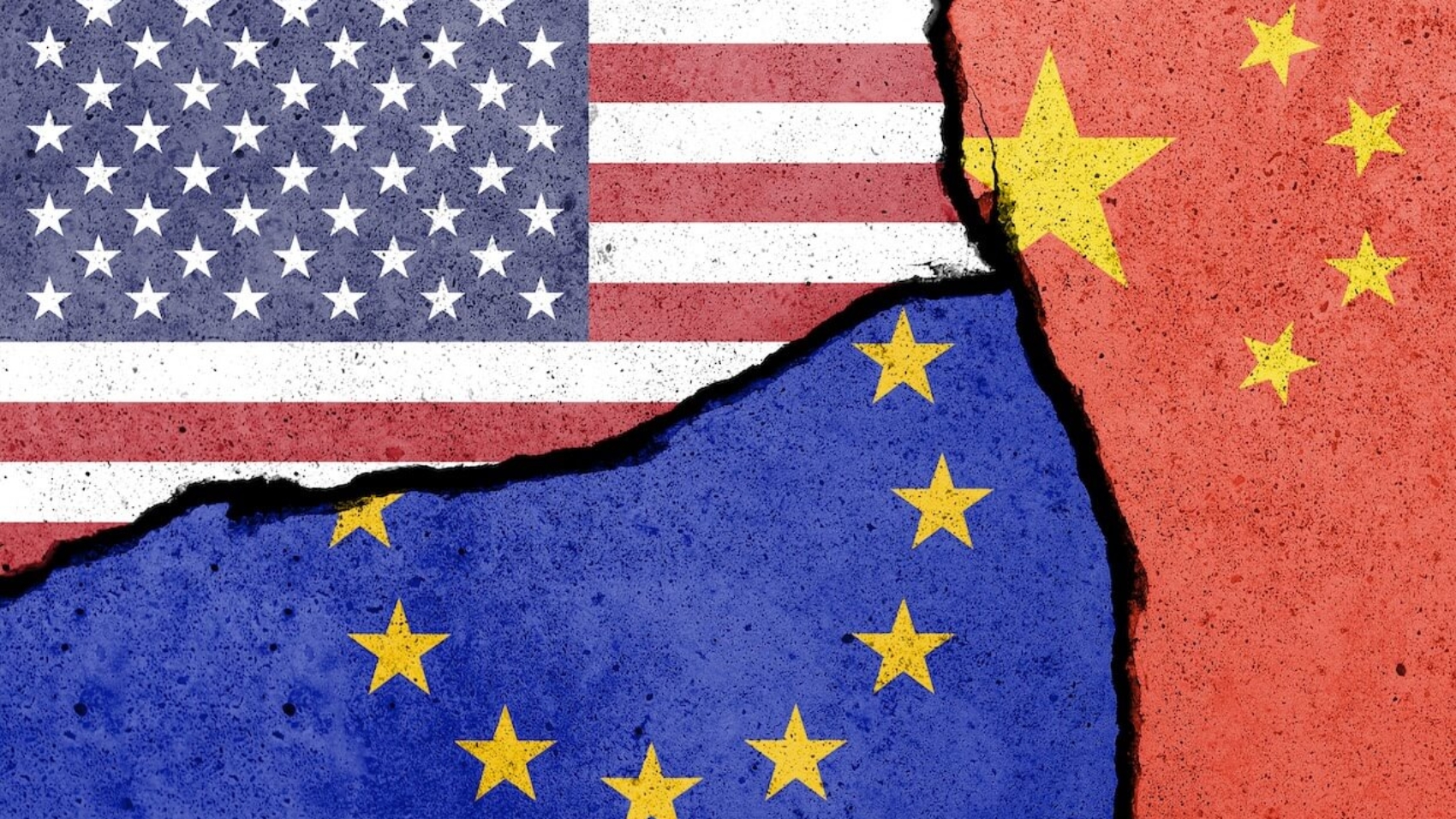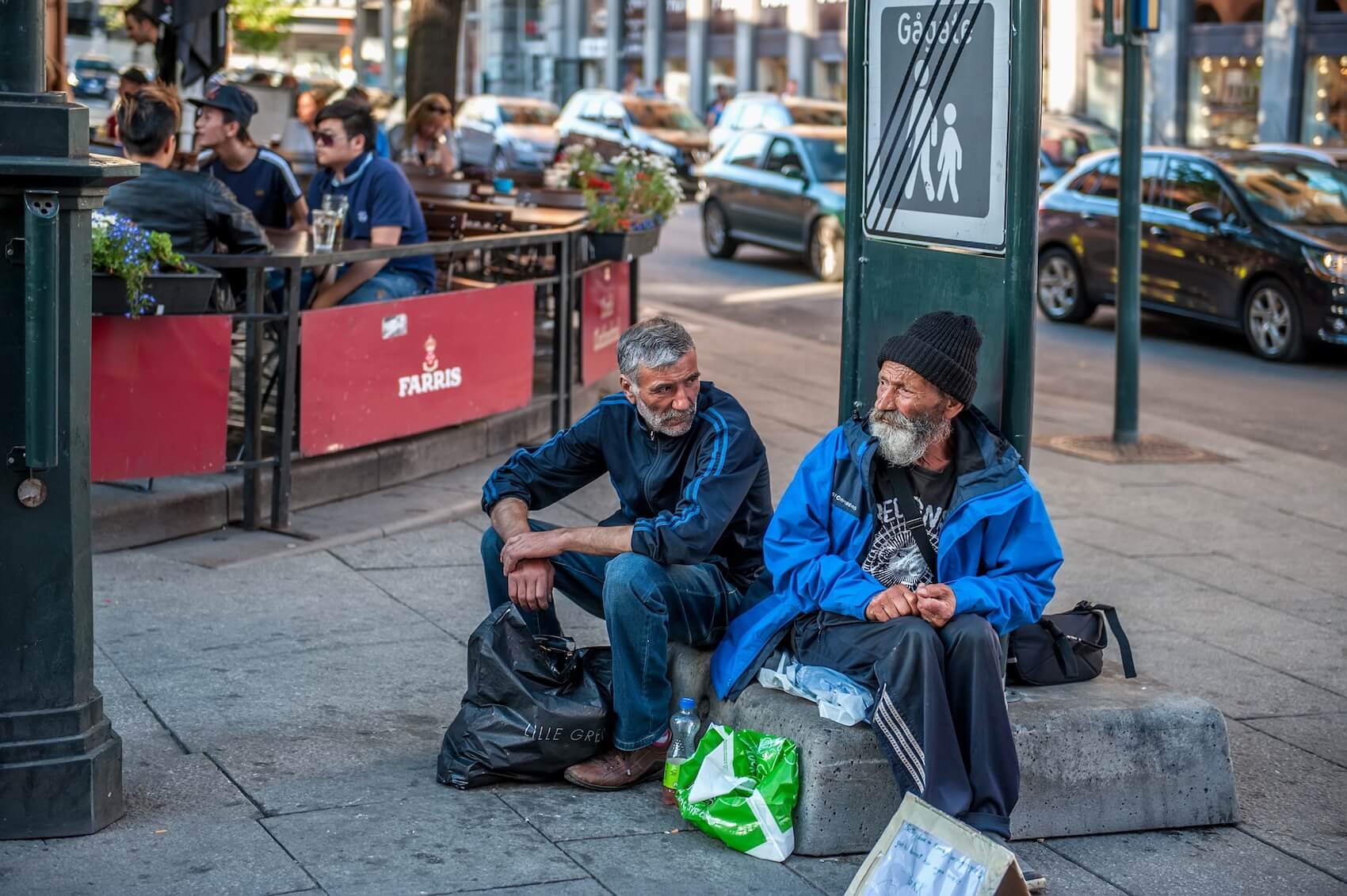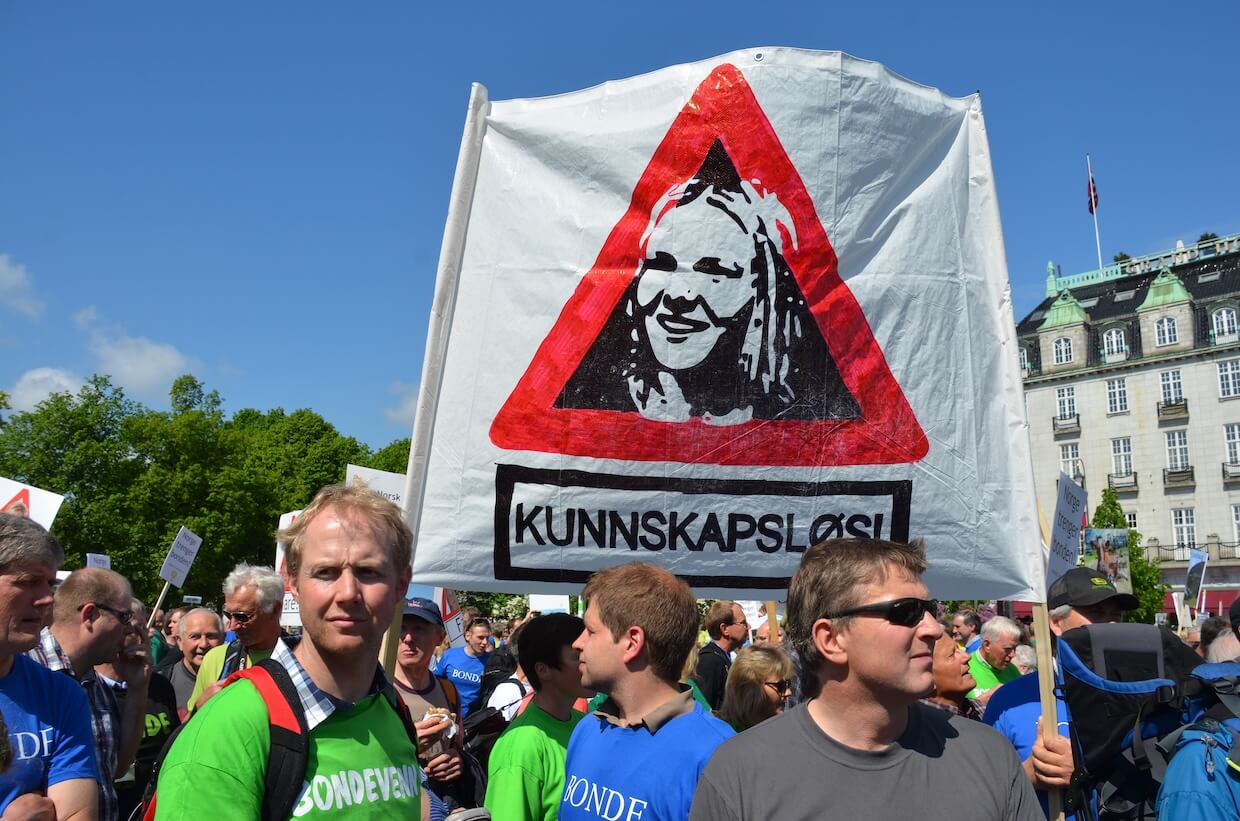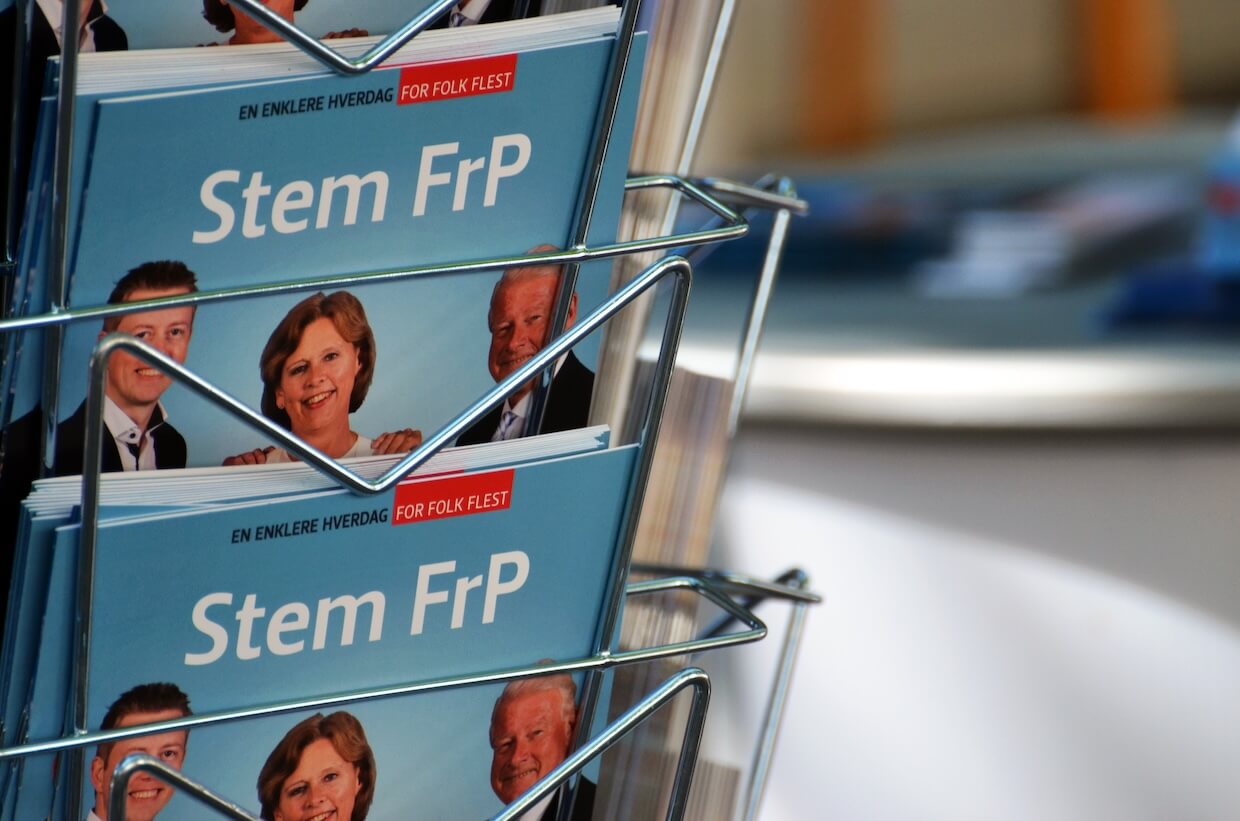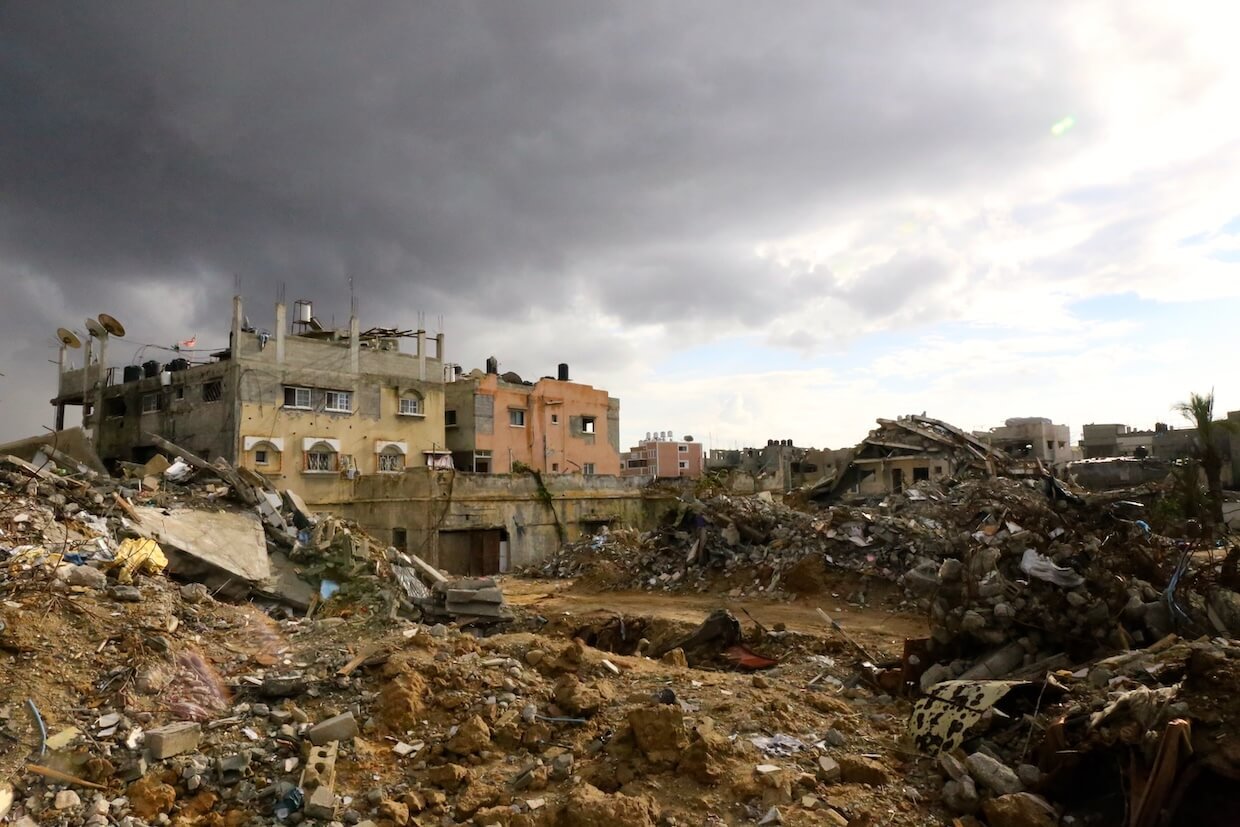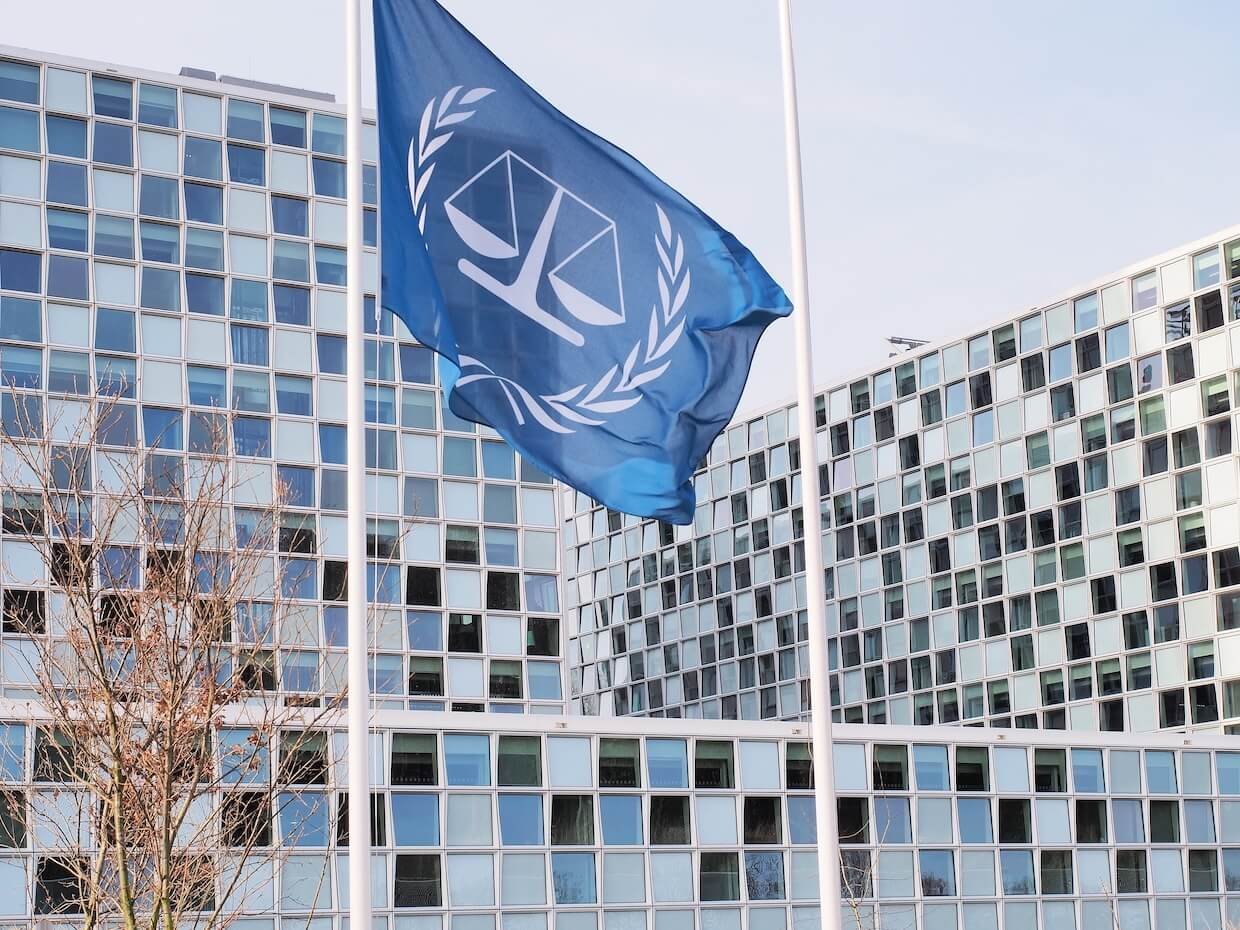In an interview with the ECPS, Professor Dinesh Paudel argues that the September 2025 youth uprising in Nepal was “the result of long-brewing frustrations.” Far from a sudden outburst, he situates the revolt at the intersection of elite failure, geopolitical maneuvering, and structural economic decline. Young Nepalis, caught in what he calls a “triple disjuncture” of mass migration, precarious labor markets, and digital mobilization, transformed simmering anger into protest. Yet Professor Paudel cautions against viewing it as a revolution: “It will not fundamentally alter the political structure that produced these conditions.” Professor Paudel highlights corruption as the “governing logic of elite power” and signals volatile struggles over Nepal’s political and economic future.
Interview by Selcuk Gultasli
The September 2025 uprising in Nepal has been described by analysts as a “Gen Z revolution,” but as Professor Dinesh Paudel emphasizes, “It was already brewing. This kind of uprising and discontent had been in the making for a long time.” In an exclusive interview with the European Center for Populism Studies (ECPS), Dr. Paudel—Professor in the Department of Sustainable Development at Appalachian State University—offers a critical interpretation of the forces driving this moment of rupture. His central argument is clear: “The youth uprising in Nepal is the result of long-brewing frustrations.”
These frustrations, he explains, stem from a convergence of structural, political, and geopolitical factors. Domestic elites failed to adapt to generational aspirations, leaving young Nepalis alienated from politics and unable to envision themselves in the nation’s future. At the same time, external pressures intensified: “Nepal sits right where these possibilities converge, at the center of the Himalaya and at the heart of what some call a Second Cold War, especially between China and the West.” Such tensions, combined with India’s long-standing dissatisfaction with Nepal’s constitutional framework and a dependent, deindustrialized economy, created the combustible conditions for revolt. Social media then amplified negativity and spread the belief “that nothing works in Nepal and that something else must come—even though that ‘something else’ was never really thought through.”
Professor Paudel situates this eruption within what he calls a “triple disjuncture” confronting Nepal’s youth: mass migration, precarious labor markets, and the expansion of the digital public sphere. These forces, layered onto chronic inequality and unemployment, have generated new forms of political subjectivity—angry, aspirational, yet fragile. “I would not call this a youth revolution—it is not,” Professor Paudel cautions. Instead, he views it as part of a recurring cycle in Nepal’s modern history: “Every decade Nepal has seen movements—the democratic movement, the Maoist movement—and young people have always been at the center.”
At the same time, Professor Paudel underscores that symbolic battles—such as the viral backlash against “nepo-babies”—have sharpened frustrations against entrenched entitlement. These spectacles, he argues, expose the persistence of a “feudal political structure still dominant in the country.” Yet he warns that generational framings risk obscuring deeper inequalities rooted in class, caste, and land.
Ultimately, Professor Paudel interprets corruption not as an aberration but as the very “governing logic of elite power.” For him, corruption sustains both domestic hierarchies and Nepal’s insertion into a regional and global economic order defined by dependency. Without profound restructuring—particularly rebuilding a national productive base—Professor Paudel doubts the present movement will transform Nepal’s political economy.
And yet, he insists that youth frustration is real and points toward new possibilities. “What they are seeking in the future is post-elite—some kind of egalitarian economic and political system.” Whether such aspirations can overcome entrenched interests and regional constraints remains an open question—but the long-brewing discontent that exploded in September 2025 ensures that Nepal has entered a volatile new era.
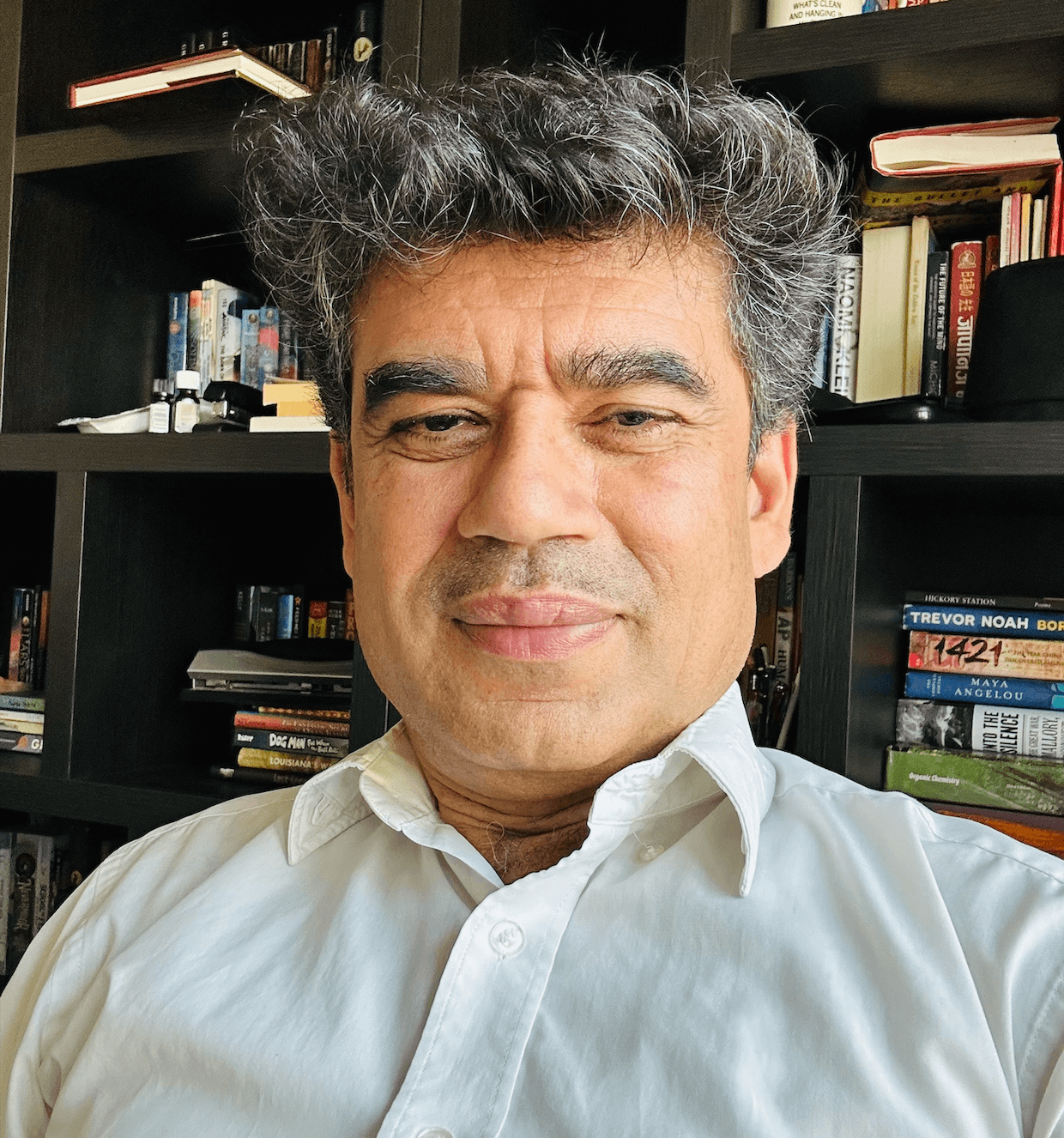
Here is the transcript of our interview with Professor Dinesh Paudel, lightly edited for clarity and readability.
Elite Failure, Geopolitics, and Youth Anger Collide
Professor Dinesh Paudel, thank you very much for joining our interview series. Let me start right away with the first question: Analysts describe the September 2025 uprising as a Gen Z revolution, yet youth mobilization in Nepal has a long genealogy. From your perspective, what specific social, economic, and political configurations enabled this generation to rupture the cycle of elite reproduction where earlier movements failed—and how do corruption, nepotism, and entrenched elite dominance fit into the deeper structural drivers that made such an eruption possible now?
Professor Dinesh Paudel: Thank you for this great question. It’s long overdue. It was already brewing. This kind of uprising and discontent had been in the making for a long time.
But the current conjuncture has multiple factors coming together, leading to this eruption.
One factor is the internal political dynamics within the parties. They were not able to understand the new generation’s aspirations. They also failed to govern in a way that allowed the young generation to see themselves in politics and in the future of the nation. That’s one of the main factors—the internal failure of the party system. The internal conjuncture of power dynamics ruptured.
The second important point is geopolitical tension. It is about how the government was overthrown and how the young population began mobilizing their force. It was carried away by other interests, creating a kind of popular imagination of revolution. But in reality, multiple bigger powers were trying to secure their interests in a country that is geopolitically strategic—physically between China and India, at the center of the Himalaya, and at the heart of what some call a Second Cold War, especially between China and the West. India’s relationship with the West is not in the best shape at the moment. Nepal sits right where these possibilities converge, and many people anticipated this.
The third point concerns India specifically, which was not happy with the government in Nepal. This discontent started with the promulgation of the constitution 10 years ago. India never wanted Nepal to have that constitution, but the issue escalated when the constitution included part of historical Nepal now controlled by India. Including this in the constitution angered India further.
The fourth point is social media, amplified by intellectual and journalistic voices, which propagated negative perceptions of the governing system. They presented things as not working, and this negativity grew steadily. It spread among the general public, particularly through youth on social media, fostering the belief that nothing works in Nepal and that something else must come—even though that “something else” was never really thought through.
Finally, development programs, NGOs, and modern aspirations led the public to believe they deserved development in a new way. But this remains controlled by an extremely dependent economic system. A very few elites—primarily Indian, some Chinese, and others—control it. The Nepali market is essentially the Indian market. The production system is crumbling, and deindustrialization has been ongoing for many years. This has produced a particular corporate culture that dominates politics, media, intellectual life, and more. It is a system that fostered extraordinary dependence, out-migration, exploitation, and inequality, particularly between rural and urban areas. All of that came together in a moment when people just burst into action.
But the impact resulted not only from the protests. Other interests also infiltrated and pushed the movement further. That’s the current situation. Basically, it reflects the failure of the political regime to institutionalize its agenda, but it has also been pushed by geopolitical forces seeking to destabilize Nepal and secure a stronger footing in the country.
Nepal’s Youth Caught in a Triple Disjuncture
Nepal’s youth today confront what might be called a triple disjuncture: mass migration, precarious labor markets, and the expansion of the digital public sphere. How do these dynamics intersect to produce a new political subjectivity that resists both elite capture and authoritarian closure? In particular, how have structural forces such as economic inequality, chronic youth unemployment, and the dependence on migration shaped the political consciousness and mobilizing capacity of Gen Z in Nepal?
Professor Dinesh Paudel: Very good question, and this is exactly that conjuncture of multiple forces you mentioned that resulted in a particular type of economic precarity. Especially young people’s aspiration was to become economically successful, but the opportunities to do so were really decimated. But you cannot just blame the current political structure. You have to go back almost 30 years to understand what produced this. As soon as Nepal entered multi-party democracy in 1990, the government was forced to adopt an open market economy in such a way that the industrial sector basically collapsed in front of Indian and Chinese industrial and corporate power. That led to massive closures of national industries. The frustration from that also fueled the Maoist Revolution, which started in 1996. The Maoist movement, lasting for 10 years, led to massive out-migration from rural areas, while the open market economy that destroyed the national economy pushed people to migrate abroad.
So, Nepal lost two things: national productive capacity—the industrial base—and the labor force. That severely degraded national production. Over the last two and a half decades, this has produced massive unemployment, while national and international forces facilitated a process by which young people migrated to other countries. In effect, they wanted to solve the Maoist problem by exporting young people, so that they would not join the revolution. But then it became systematic: rural populations moved to urban areas, and from urban areas to other countries, primarily Gulf and Middle Eastern states, numbering in the millions.
Nepal thus lost not only industrial capacity—in terms of organizing, owning, and mobilizing capital—but also massive labor power, which created a lack of farming in rural areas. In some places, more than 70% of land is uncultivated, which used to be farmed in the past, because there is no labor.
This kind of economic situation continues to create chronic problems for generating opportunities in the country. All of this has reinforced political patronage and historical feudalistic conditions within the party system. That, in turn, made young people extraordinarily frustrated. They were frustrated by the economic situation, frustrated by dependency, and frustrated because they could not realize their dream of being modern and advanced. At the same time, the political structure adopted a feudalistic culture in which young people could not find their space. All this is leading to deep frustration, and the danger is that it will create further problems, because there are no coherent responses. Sometimes I feel it could evolve into a kind of gang politics. I am worried, even though it has not yet reached that point. But if this kind of mob-based, violent politics continues, there is real danger. Yet it seems inevitable, because the political structure has not been able to manage, understand, and maintain its hegemonic order. In other words, this is a failure of elite hegemony.
Even though the elites created these conditions, they have also been unable to preserve the very hegemonic structure that favors them. As a result, ruptures have emerged. I would not call this a youth revolution—it is not. Rather, it forms part of a longer trajectory of revolutions. Every decade Nepal has seen movements—the democratic movement, the Maoist movement—and young people have always been at the center. But those earlier uprisings were politically led, whereas this one is somewhat different. Still, I would not call it a revolution, because it will not fundamentally alter the political structure that produced these conditions. Sometimes I describe it instead as a kind of development: a double situation in which the political structure generates upheaval, but the outcome also reinforces the same structure. It will not truly transform the system. That leaves youth aspirations blocked from finding another path. Judging from how events have unfolded so far, it will not reach a transformative point.
The Social Media Ban Was a Trigger, Not the Cause

The ban on social media is often cited as the immediate spark of revolt—yet should this be understood as a mere tactical blunder by Oli’s government, or rather as symptomatic of a deeper authoritarian reflex embedded within Nepal’s ruling elite?
Professor Dinesh Paudel: The social media ban… you have to look at it from two perspectives. One is the aspiration of young people and how embedded they are in the social media structure. But at the same time, you have to look at it from the perspective of a smaller country. These social media and multinational companies do not want to recognize, for example, Nepali sovereignty. They do not want to register; they do not want to pay taxes. Even social media companies—Twitter, Yik Yak—officially said that Nepal is a corrupt country, so they cannot register or be taxed. That undermines national pride, nationalism, and everything. We need to understand the positionality of a smaller country. So, people think they must register. Why not? If they registered in India, then they should register in Nepal; it’s the same—a similar sovereignty situation. That’s one aspect of it.
But at that moment, the youth protest against corruption and the demand for good governance was already planned, and social media was used to organize those movements. So yes, it fueled the process, but it was not really the cause. The social media ban did not trigger it. Similar bans had happened in the past as well. They banned TikTok, and TikTok came back, registered, and now pays taxes to the country. But these other companies do not want to do that. Still, there is a Nepali psyche and intellectual understanding that Nepal’s sovereign rights must be respected. Young people support that too, actually. But deeply embedded, long-simmering social frustration, lack of employment, lack of good governance, and systematic corruption—it’s not just the political class, they are part of it. It’s the totality of the system that mobilizes all kinds of power nexuses in building corruption. That is what led to this frustration, and that was the culminating point, rather than it really being about authoritarianism tied to the social media ban.
People haven’t really looked at this. They use the word authoritarianism because they want to make a political point, but in fact, Nepal had been trying to get these companies to register for many years, and that process started long ago. Legislation was passed with 100% support in parliament one year ago, and the government called on these companies regularly to respect the law and comply. I don’t think it was an authoritarian attitude that led to the social media ban. Rather, the ban triggered other frustrations—that’s how I would put it.
Nepo-Babies Symbolize a Feudal Political Structure Still Dominant in Nepal
The viral outrage against “nepo-babies” seems to reveal a moral economy of resentment against elite entitlement. To what extent did the digital spectacle of political heirs flaunting luxury lifestyles crystallize diffuse frustrations into a new form of class politics—one mediated by resentment, spectacle, and digital culture, and distinct from the agrarian or proletarian struggles of earlier eras?
Professor Dinesh Paudel: Right. This is a very fundamental part of it. The corrupt kind of system, this nepo-babies idea, is a good instrument to utilize—not only against politicians, but also other kinds of forma and everything. It really helps people understand how the feudal family structure mobilizes the political structure for its benefit. So, it’s real.
But at the same time, it is not really pervasive. Not every politician managed to make their kids that way. And the corruption in Nepal is actually maintained and regulated by a particular type of corporative capitalist—middlemen business structures that mobilize and consolidate power, creating nexuses. These nepo-babies are part of that; they are enrolled into those nexuses and act as mediators in negotiations through karopsana (patronage brokerage / political fixing in Nepalese) and everything.
So, in that sense, it’s a particular agenda in creating a certain kind of populism. “Nepo-babies” is a very easily sellable term. But there is also a reality: it symbolizes that the feudal political structure is still dominant in the country, and that really helps people to grasp it. However, there is a danger in this kind of new generation movement, because it is framed in generational rather than other forms of inequality. Class, gender, caste, and socialist structures are deeply embedded in South Asia and in Nepal. So, this generational framing risks undermining those other dimensions of inequality. That danger is emerging.
There are generational inequalities, yes, but the young generation in Nepal is often better off than the older generation, especially in rural areas. The subsistence farmers live very hard lives and are the ones doing the lowest-level jobs. By contrast, the young generation leading this movement lives better lives than many others. They are urban, educated, and from well-off families. They are not the everyday working people—those are the millions working abroad in the Middle East in factories.
My worry is that the inequality perpetuated in Nepal through pluralistic land structures and a pluralistic political and economic system requires deep class-based analysis, and this generational lens may obscure that. At the same time, there is an oligarchic attitude toward politics: “Okay, this is for me, next is my wife, then that.” This attitude is dominant. It’s not only in Nepal—it’s big in India, Bangladesh, and many other countries. The symptoms were already present in Nepal, too. This revolt has hit hard against that pattern and may disrupt it temporarily. But it will likely reconfigure within the elite structure, and regardless of which elites dominate, the elite-based political structure will continue unless there is massive restructuring of the economic system that maintains this power balance.
Without a national production system and without mobilizing substantial yields toward the national economy, this is not going to change. In Nepali, they call it Bicholia—basically brokers. It is a broker’s-rule political system. These brokers—traders, contractors, suppliers—are the ones who mobilize everything. Unless those structures are directly addressed and transformed, it will be difficult to imagine a different political and economic system emerging in Nepal or the region.
This also requires understanding at the regional level. It is not only Nepal—it is part of an open economic structure. The majority of traders are from India or other countries, with only local agents in Nepal, who manage the political structure from behind the curtain. One therefore needs to understand the local political dynamics and economic structures, but also their relation to regional systems. In that sense, I consider this a necessary, even natural, kind of revolt. But the optimism that it will lead to deeper restructuring of the country is, I think, very minimal.
Corruption in Nepal Is the Governing Logic of Elite Power
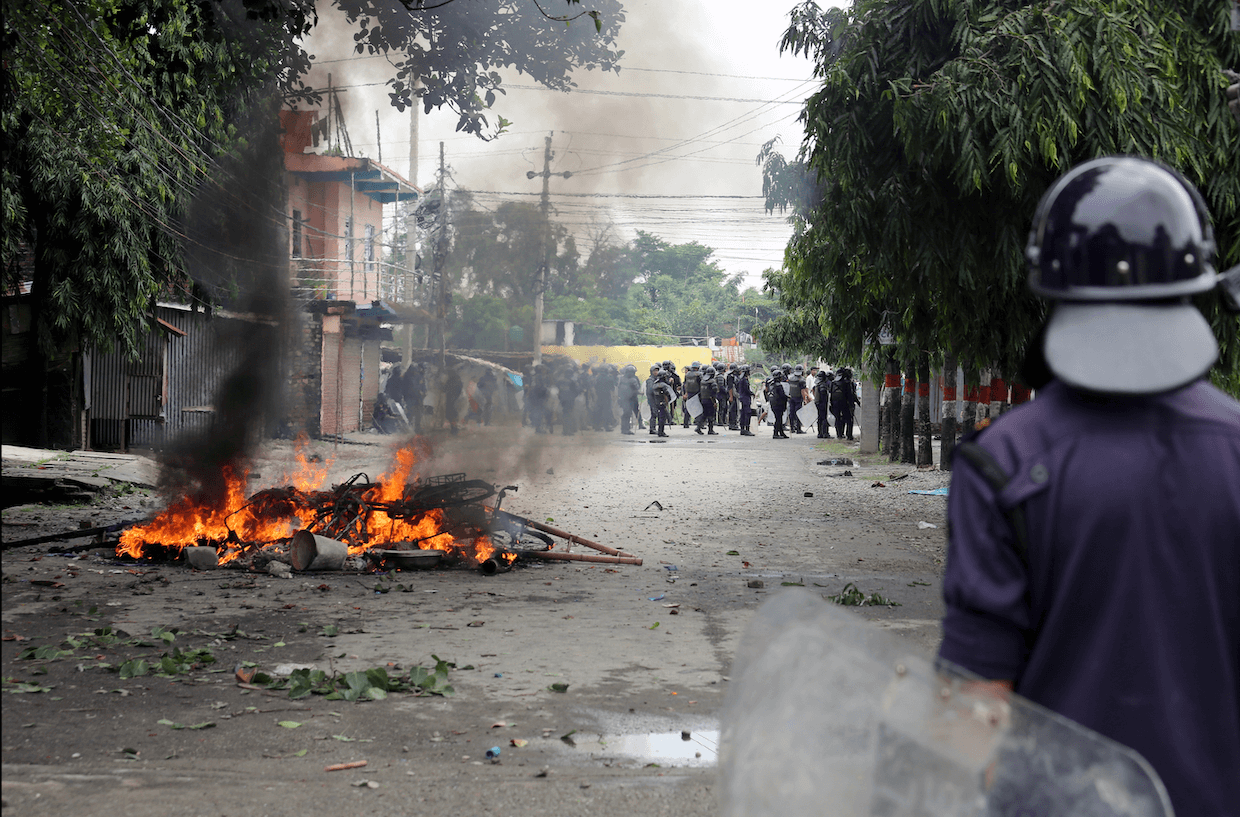
Corruption in Nepal is often framed as administrative weakness, but your work emphasizes its structural role in reproducing elite hegemony. How should we theorize corruption—not as deviation but as a governing logic—in post-monarchical Nepal? Do you see corruption in Nepal primarily as a symptom of weak institutions, or as an intentional system of elite reproduction and authoritarian consolidation?
Professor Dinesh Paudel: This is a great question. Corruption is deeply embedded, and I would say it mobilizes both kinds of structures. It reproduces elite dominance, and it’s one way of maintaining elite hegemony in the political-economic system. But it is also systematically introduced at every level of society and governance in such a way that it became a ladder for making political-economic progress, from the local to the national elites.
To understand corruption, we must also look at the massive development projects implemented over decades. Nepal was one of the priority countries for international—especially Western—actors to carry out such programs, along with international investments through banks, the World Bank, and others. Instead of focusing on national priorities, these actors pursued their petty geopolitical or other interests. They mobilized elites to implement their programs and, at every scale—from small to large—channeled resources so that they would have better access to contractors. They could harvest trees, collect sand, build roads, construct buildings, or procure everyday goods. In return, they would always provide some kind of commission—“okay, you do this, then I’ll offer you this.” These practices, sustained over decades, systematically developed an internal, informal institutional system that entrenched corruption in the country.
There are also checks and balances, of course. The public watched and pushed back—it was always there. But at the same time, even at the small municipal level, people, even minor officers, would not act without taking bribes. Over decades, corruption became normalized, and it took a long time for everyone to grasp the root causes. For me, corruption is a symptom of how the pluralistic political structure maintains itself, but it is also the result of the particular form of economic system introduced over the last 30 years—one that required sustaining political power structures through bribes and political payoffs. This allowed the larger corporate world to control the economic system and labor production, supplying laborers cheaply to other countries while selling whatever they wanted by shutting down Nepal’s national production system. Industries collapsed—they could not compete with others, or they were simply bought out.
So, corruption is not something that any politician can fix in Nepal. It requires a systematic overhaul—a restructuring at every level with the introduction of a national production system. Otherwise, it will remain deeply embedded in how the state functions every day, at every level. At the same time, there is widespread understanding among the public that corruption is a big problem and must be eliminated. Any slogan with an anti-corruption agenda will therefore gain strong political support from the public. But those who bring such agendas are themselves part of the same political structure; they are not separate from the economic and political system. For this reason, I do not see corruption disappearing soon, unless Nepal achieves economic independence and builds a self-reliant economic structure—which has now been overtaken by the corporate world and is no longer under Nepal’s control.
Populist Agendas in Nepal Will Not Dismantle the Elite Structure
In your work on ethnic identity politics, you demonstrate how elites instrumentalize social divisions to consolidate authority. Do you see a similar risk with today’s anti-nepotism and anti-corruption discourses—that they could be co-opted by authoritarian populists who reframe them as projects of “purification,” while ultimately reproducing exclusionary politics and elite dominance?
Professor Dinesh Paudel: The answer is yes. The danger of populism is that populist agendas have always been propagated to maintain the elite structure. For me, I would consider this almost as a fight between elites. There is no rural poor people’s mobilization, and real thinking toward an egalitarian political structure is not there. So, populism in South Asia—like Hindu nationalism in India, the recent uprising in Bangladesh, similar things in Myanmar, with some exceptions in Sri Lanka, and now in many other places—has taken a very different route. There are some people-centric agendas, but most of the time in the South Asian context, it looks cultural or political, but it ultimately serves elite interests.
In Nepal, too, the populist mobilization around anti-corruption, youth inclusion, and similar issues is important, as in India. But it will not dismantle the elite structure that has dominated for a long period of time. So, my fear is that there was huge damage under this mobilization this time. Nepal lost billions of dollars and many people. It’s a huge damage. But what will it result in? It will not move outside the elitist structure already in place in Nepal.
Nepal Faces More Instability
The unprecedented state violence of September 2025 raises questions about authoritarian consolidation. Should we interpret the crackdown as a desperate last stand of a collapsing elite order, or as evidence of a longer trajectory in which coercion is becoming normalized within Nepal’s democratic institutions?
Professor Dinesh Paudel: I would say it’s a degradation of the elite structure, in one sense, which has created these ruptures—and the ruptures are already there. It’s a continuous process along this path, which is an interesting thing. Politics is propagated under these ruptures. But it will also create space for another similar elite-based structure. That’s my fear, and I already see it happening.
So yes, it is a pillar within the elite structure that was maintained through a particular type of political party system. But these political party systems also became vulnerable to external pressure and influence. They were always managed by external forces.
Truly national interest and genuine national decision-making haven’t happened on either side—the rebuilding side or the elite side. Therefore, once mobilized, the elite structure continues to be reproduced. I do not imagine that the elitist structure will go away—that is not a possibility. But the current conjuncture of political elites, especially an older generation of political leaders, is now losing ground and space quite drastically. The danger, however, is that those spaces will be filled in ways that probably create even more instability in the country.
My sense is that Nepal will go through more political instability, and that will harm the region more broadly. That harm may in fact serve the interests of some geopolitical forces, because if the political structure is unstable, they can more easily insert their interests. That is the fate of smaller countries in the Global South in particular.
Without Economic Reform, Nepal Risks Mass Youth Exodus
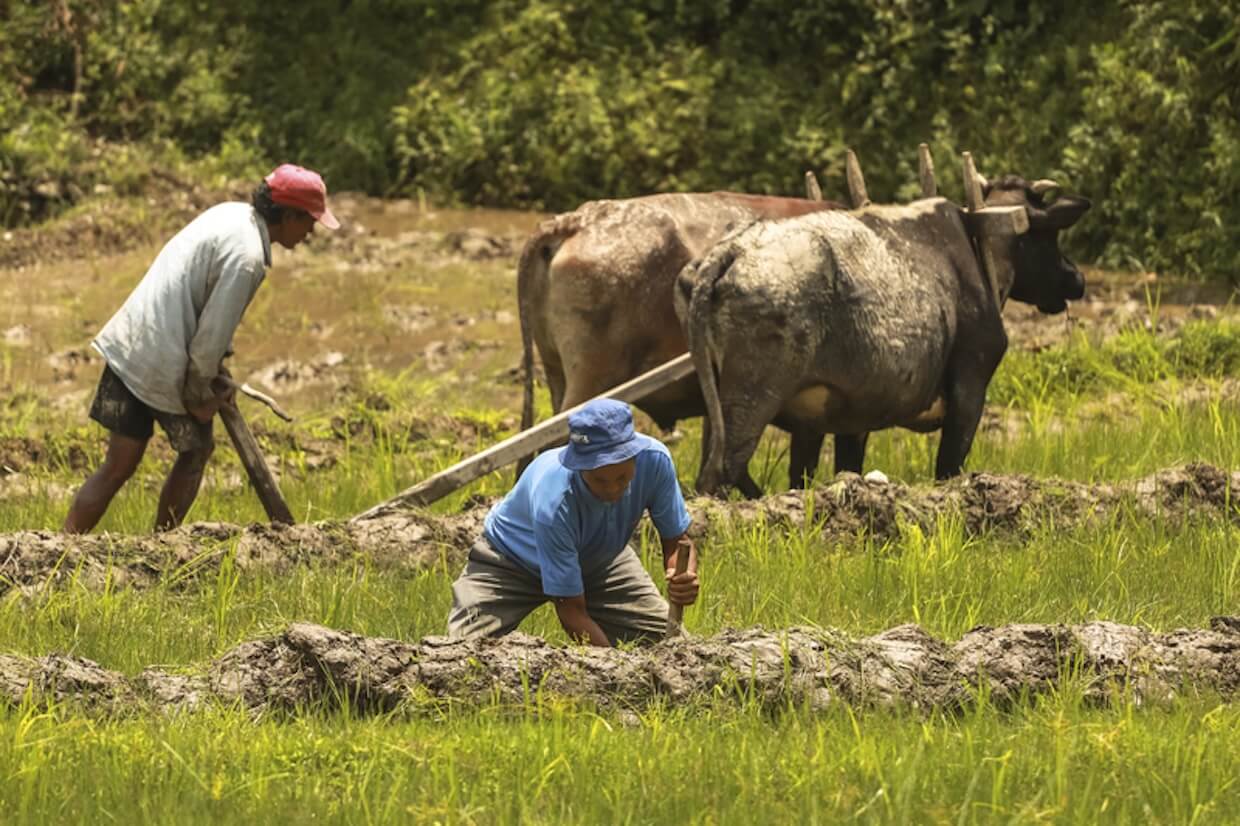
Your ethnographic work on the Maoist revolution highlights how rural communities once generated alternative political imaginaries. To what extent do you see continuities—or disjunctures—between those insurgent subjectivities and the digitally mediated agency of Gen Z?
Professor Dinesh Paudel: That’s a very good one. There are some continuities in the sense that Nepali people have always sought alternative imaginaries, but there is also a complete disjuncture between the current generation and the past. The current generation does not really know the rural dynamics. They do not understand the moral economic system. They have no clue about present politics.
So the ideas of alternative imagination are almost opposite. Rural imaginaries were more sober, rooted in production and autonomy, while today’s are more connected to modern lifestyles and jobs, moving away from the traditional economic system. Both are alternative imaginations, but what they are looking for is different.
If they could find some kind of synergy, it could lead to real change in the country. But that synergy requires political negotiation and organizing—and that is not going to happen. Primarily, rural areas are heavily influenced by the traditional structures of political parties, while the urban youth are deeply alienated from them. So, the negotiation between the two will likely not happen anytime soon.
That unnegotiated gray space is where all kinds of interests will grow—and that is the danger for Nepali youth, their aspirations, and their inspiration. I would not be surprised if, in the next few years, out-migration of young people from the country increases massively. Without correcting the economic structure, there will not be more jobs. There will not be much of anything. Simply changing the government will not do it, because deeper structural changes are required.
But young people now have big hopes, and those hopes may soon turn to frustration. Either they will leave the country, or Nepal will face further instability and imbalance. So, the future scenario for the next few years looks extraordinarily volatile.
From Red Revolution to Red Neoliberalism
Given the Maoists’ descent into corruption and clientelism, can their revolutionary legacy still serve as a democratic resource for the present, or has it become a cautionary tale of how emancipatory struggles are absorbed into elite circulation?
Professor Dinesh Paudel: This is a wonderful question, because the kind of feudalism and elite-controlled politics was propagated by the Maoists themselves. They became the victims of elitism within their own movement. Yes, they challenged the political conjuncture and elitism of that time, but only to reintroduce their own. So, I would not consider that the old Maoists, in the structures they proposed, were ever going to be non-elitist or truly helpful.
The frustration that young people are expressing today also comes directly from the Maoists. When they entered peaceful politics and the new constitution was introduced, the Maoists became the only party in the country that was always in government—sometimes in coalition with one party, sometimes with another—but their performance was the most miserable.
It is very important to note that while the Maoists had an interesting political vision for the country, they had no vision for the economy. They became victims of the open economic structure, which I call red neoliberalism. They adopted neoliberal policies in such a way that they dismantled national production capacity, especially in industry, and alienated young people. They could not really understand this dynamic, became part of it, and therefore contributed directly to the dissatisfaction we see today.
Young people today have learned some lessons from that history, but they see no real connection to the Maoists’ promises, because they view the Maoists themselves as the problem. The Maoists destabilized rural areas, triggered mass out-migration, and destroyed national productive capacity. So, today’s youth frustration is deeply tied to what the Maoists promised versus what they delivered. And what they delivered was further dependency, out-migration, bad governance, and overall decline.
Crude Nationalism Cannot Satisfy Young People’s Aspirations
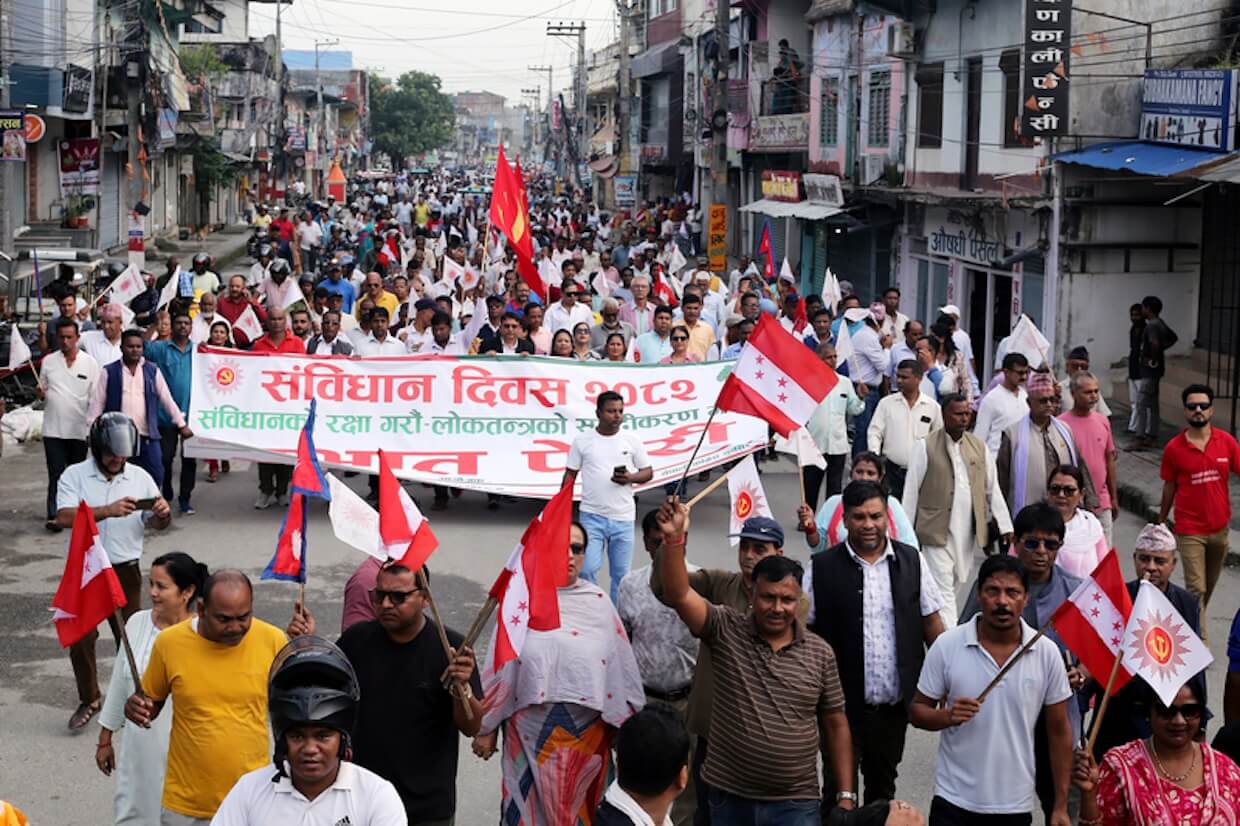
Finally, do you see in Nepal’s youth movement the embryonic forms of what might be called a post-elitist or post-authoritarian democracy—an order rooted not in patronage or coercion but in new modes of participatory and inclusive politics?
Professor Dinesh Paudel: I do not see that happening right away. But this has raised a lot of questions for the population, the political elites themselves, and others. The country will suffer more through various challenges, but this is the beginning of a different kind of political imagination that is emerging. Probably it will not find success quickly.
This particular episode may do more harm than good. Looking at the last couple of weeks, I can see it in the way they are now appointing ministers, the way they are appointing political elites back into power, and the way they use military force to enforce their agenda—all of which reflect an extraordinarily feudalistic structure in the country.
Given this, the current moment will not do much to change elite hegemony in Nepal. But no matter what happens, young people’s frustration is directed against elitism. What they are seeking in the future is post-elite—some kind of egalitarian economic and political system. That aspiration is a positive sign toward new possibilities. But this episode alone will not do much other than reintroduce the same elitist structure.
Primarily, young people are not questioning the economic structure. They are not really grasping how the dependent economic system in the country continues to produce an elite-controlled political system. This is similar to Bangladesh, where a major revolt not long ago did little to address the country’s economic situation. A similar pattern is emerging in India, too. Youth-led frustration will continue across South Asia—it will not stop in Nepal. I see big brewing parties emerging in India, which is a major hot spot. I am not sure when it will erupt or in what form, but for decades—almost 70, 80, 100 years—the economic feudalistic structure has not been resolved. I see something coming.
Even though India uses neighboring political instability to its advantage, crude nationalism alone will not satisfy the aspirations of young people, especially amid growing economic inequality. Regional change will happen only if something major occurs in other countries, especially in India and beyond. Still, this is a good symptom: unless elites create space for young people—and some form of inclusive system, even if not fully post-elite—these tensions will persist, not only in Nepal but across the region, for decades to come.

